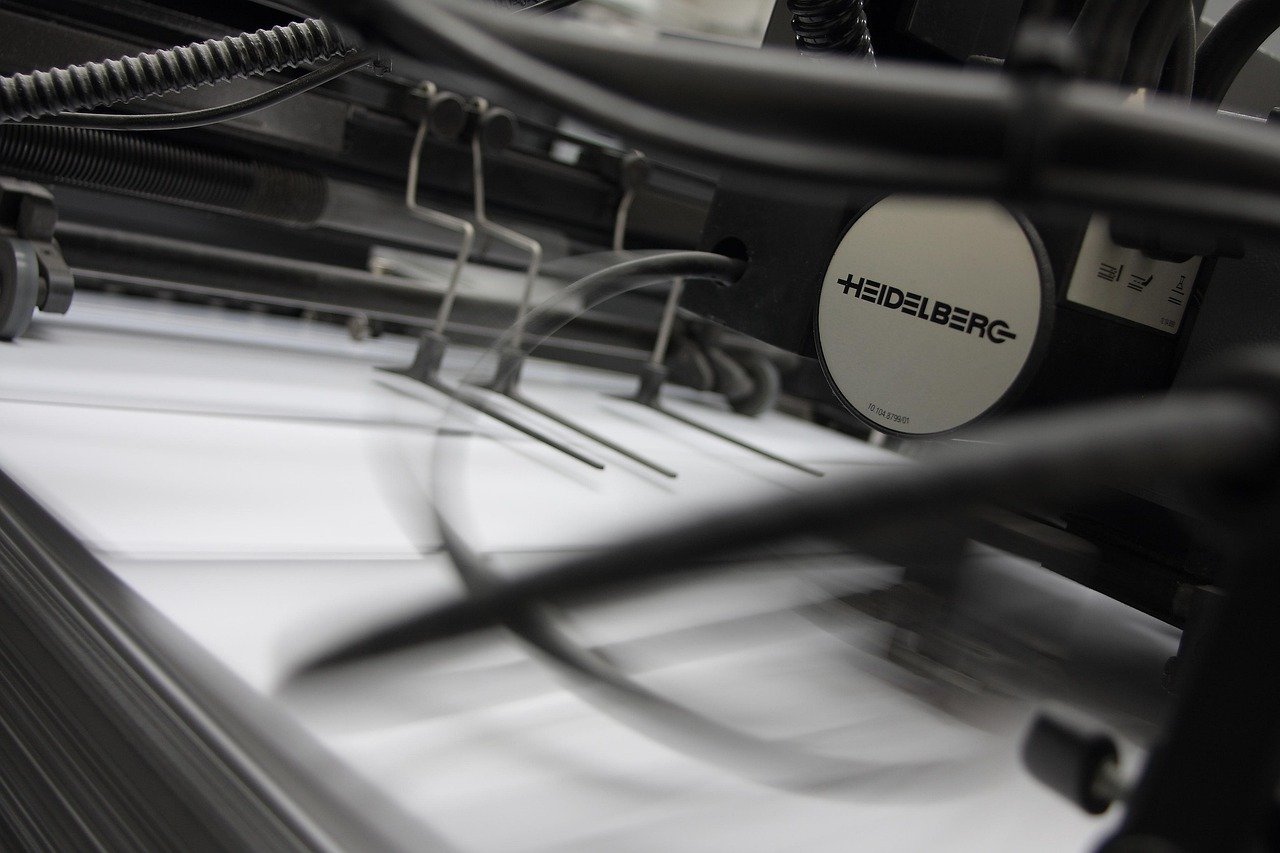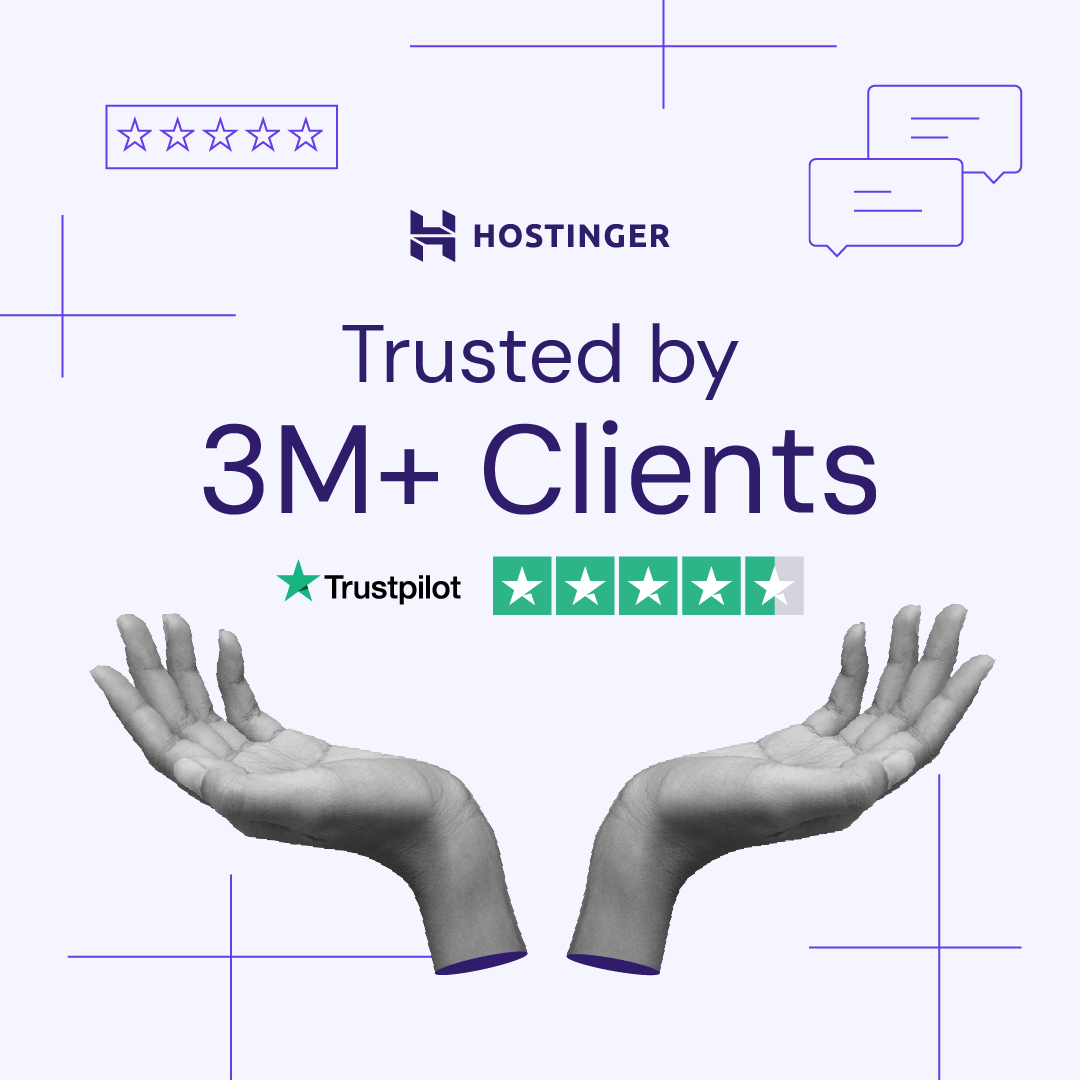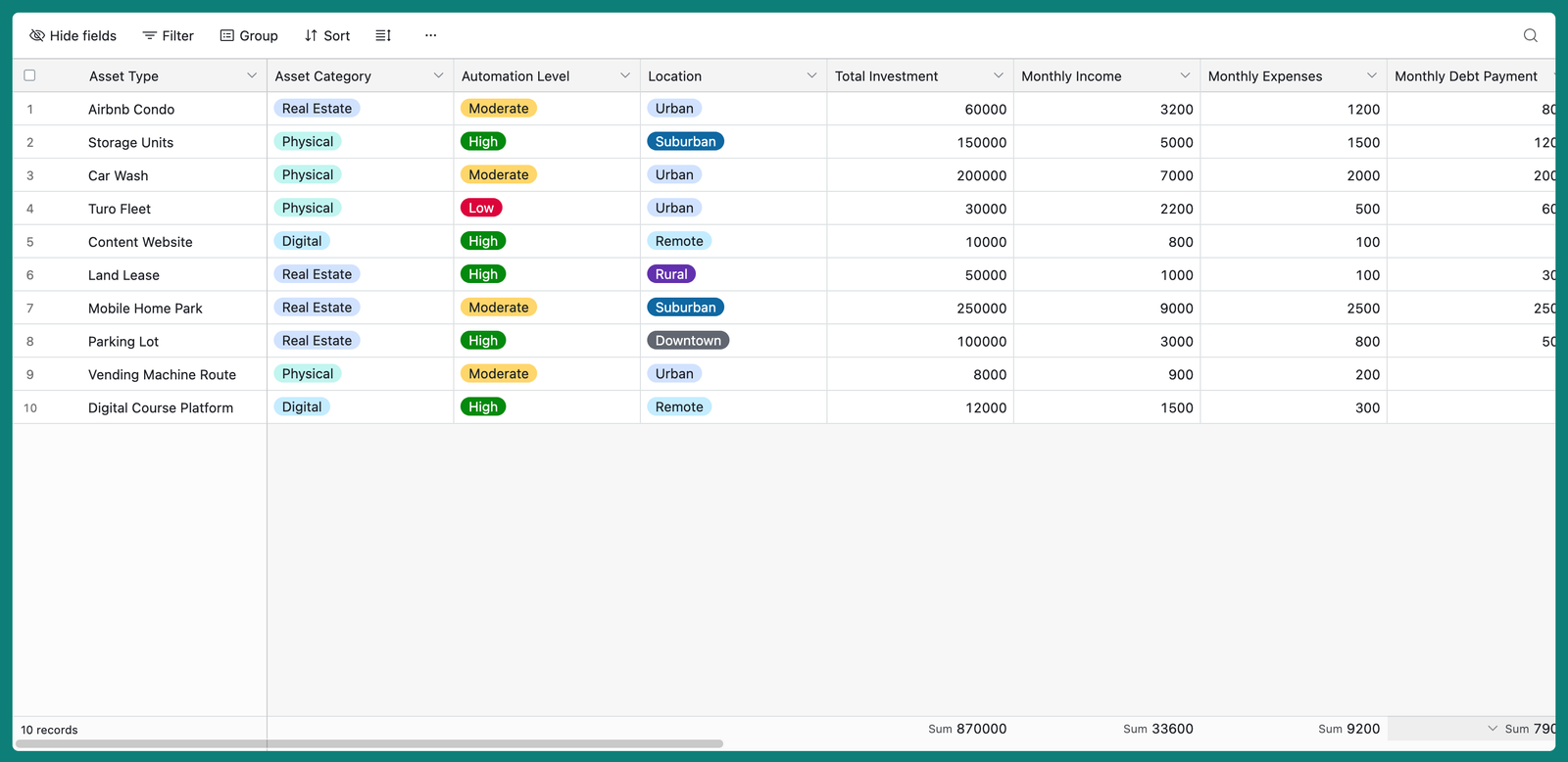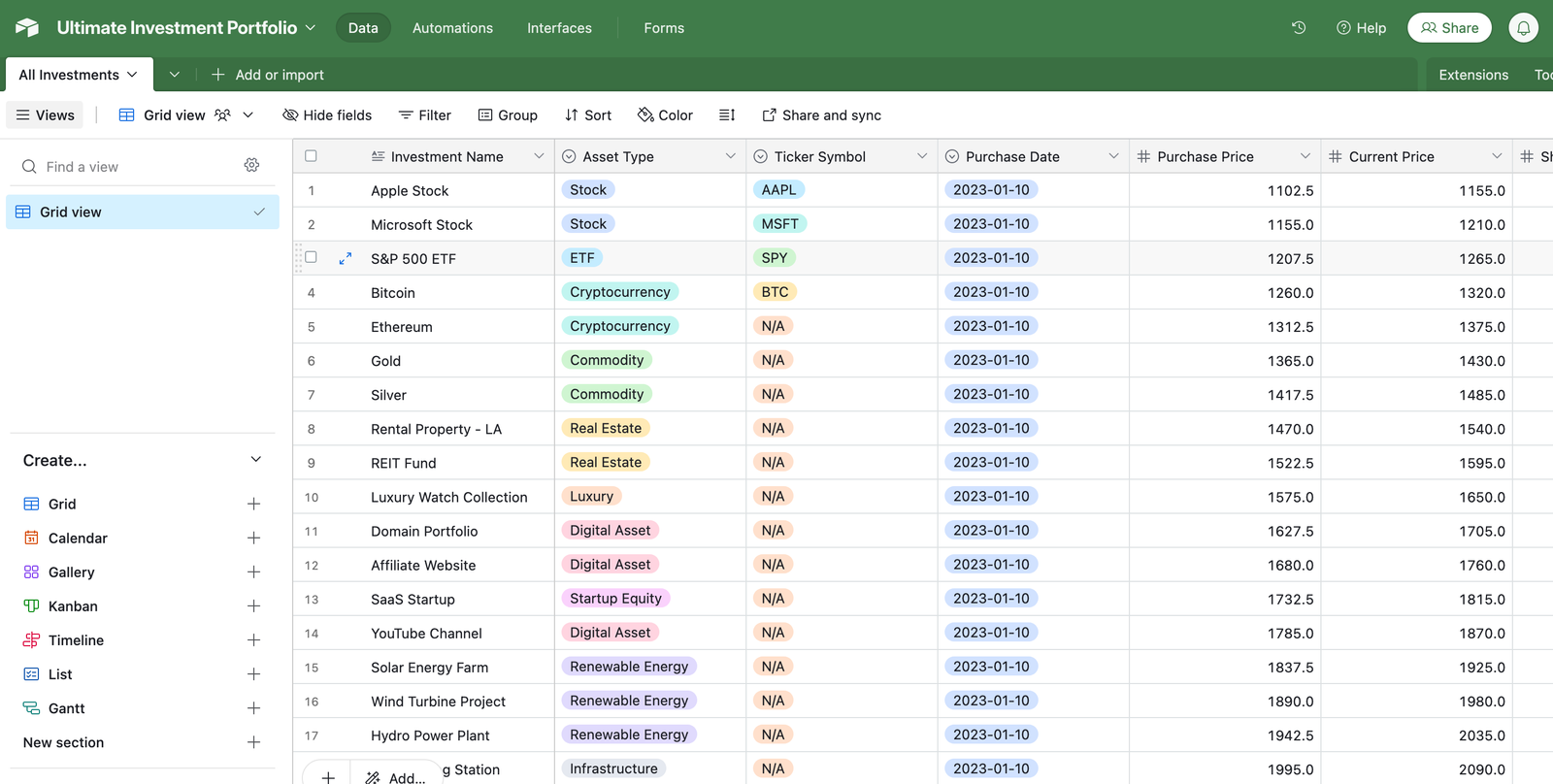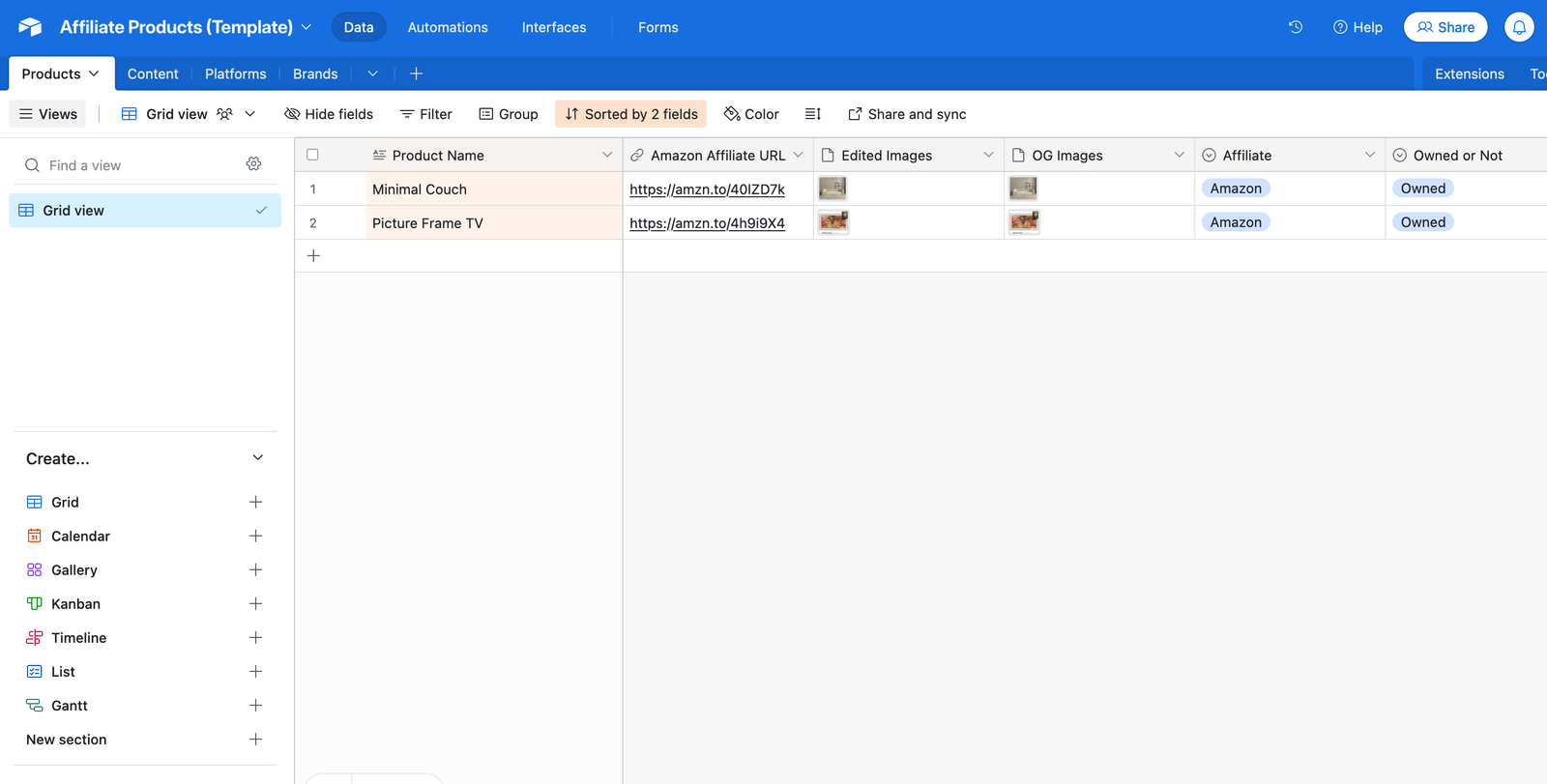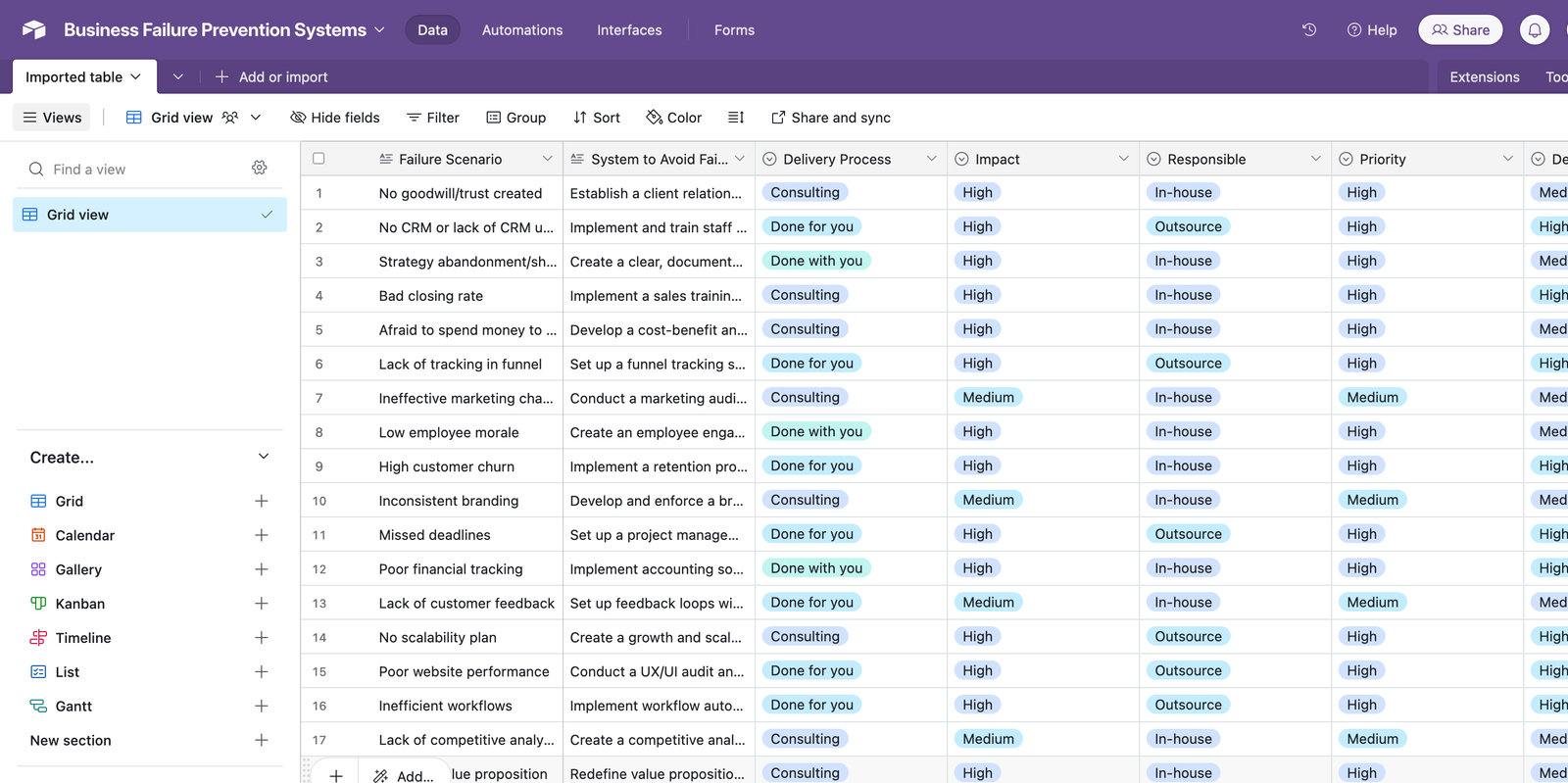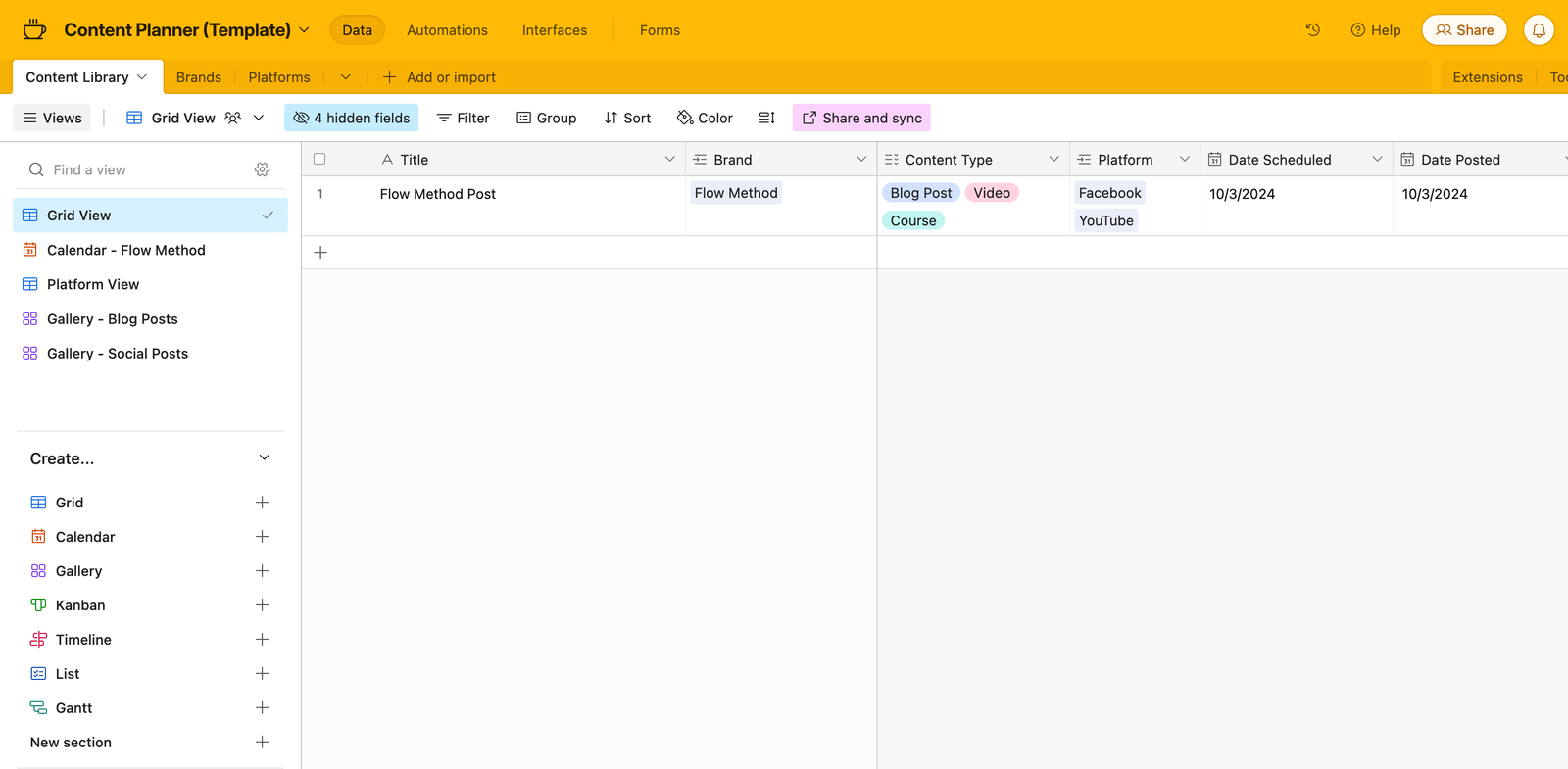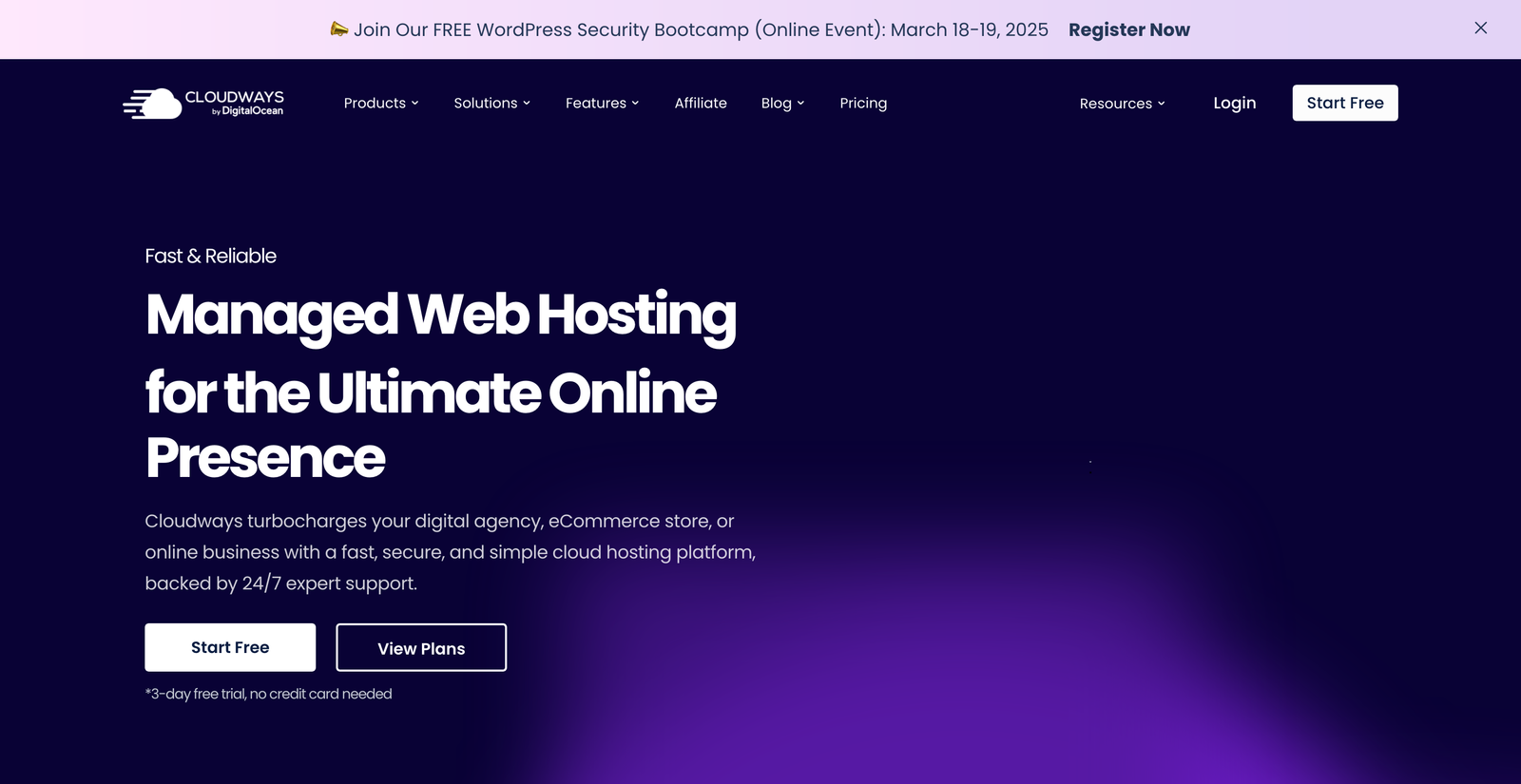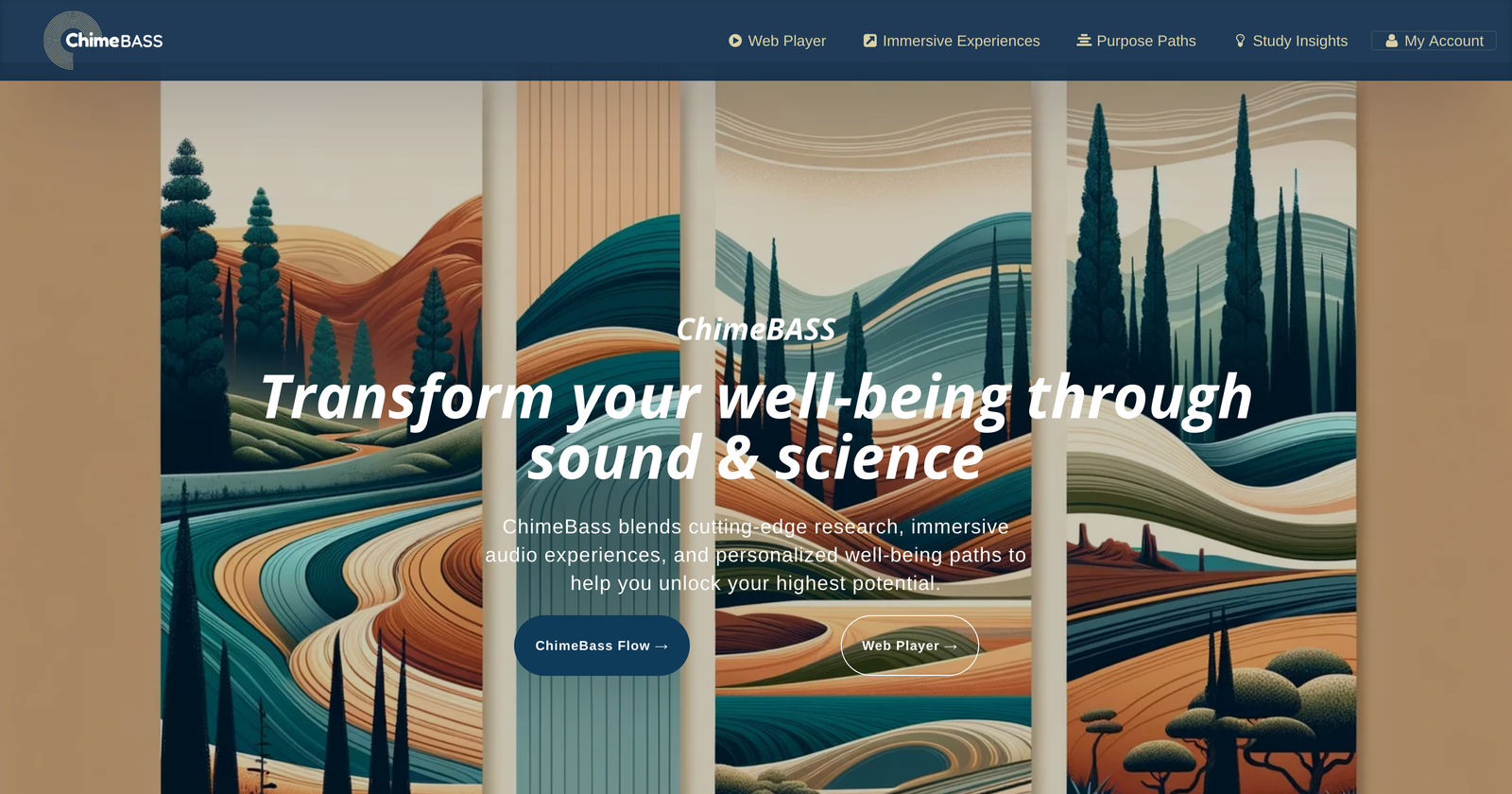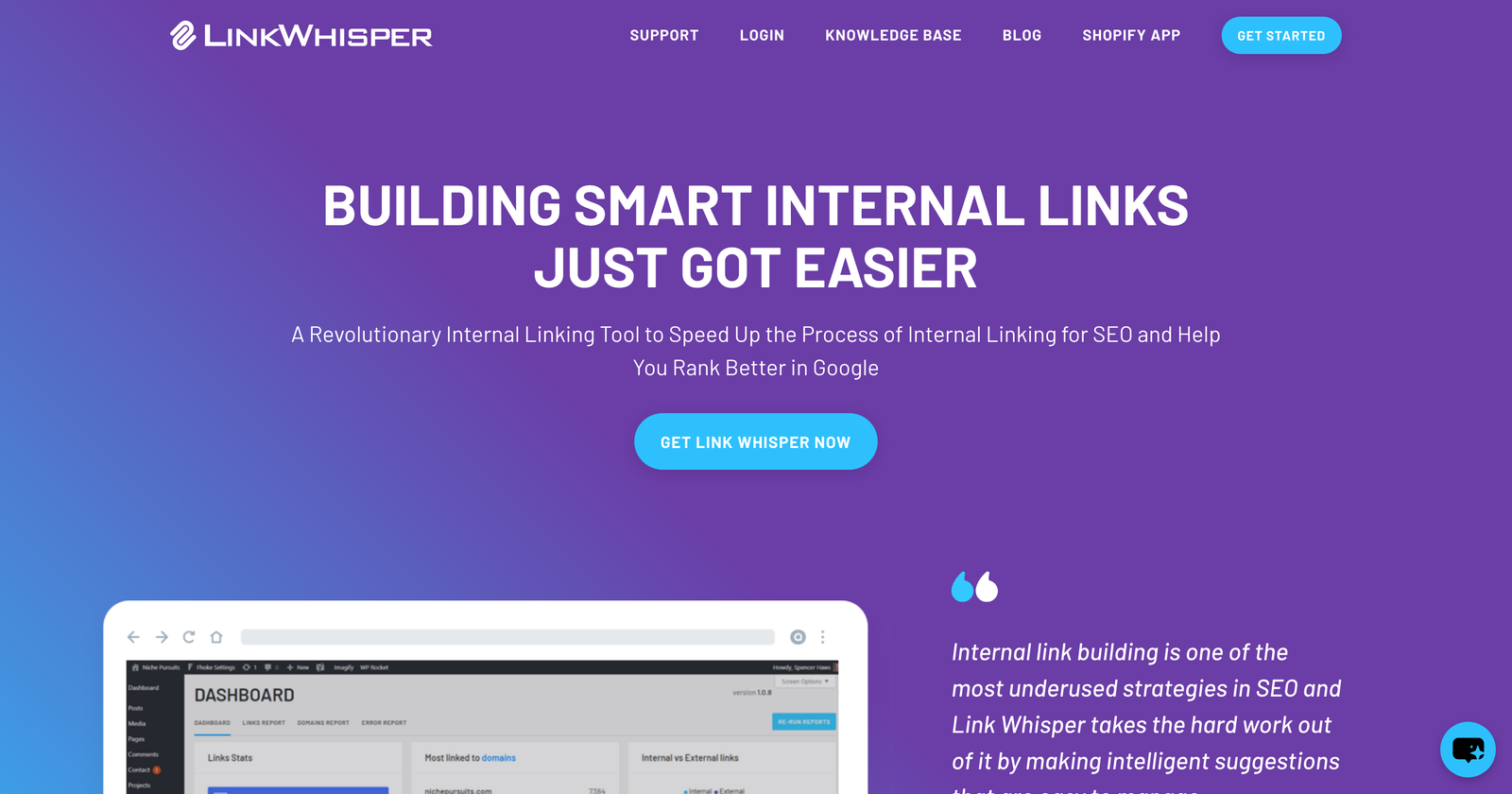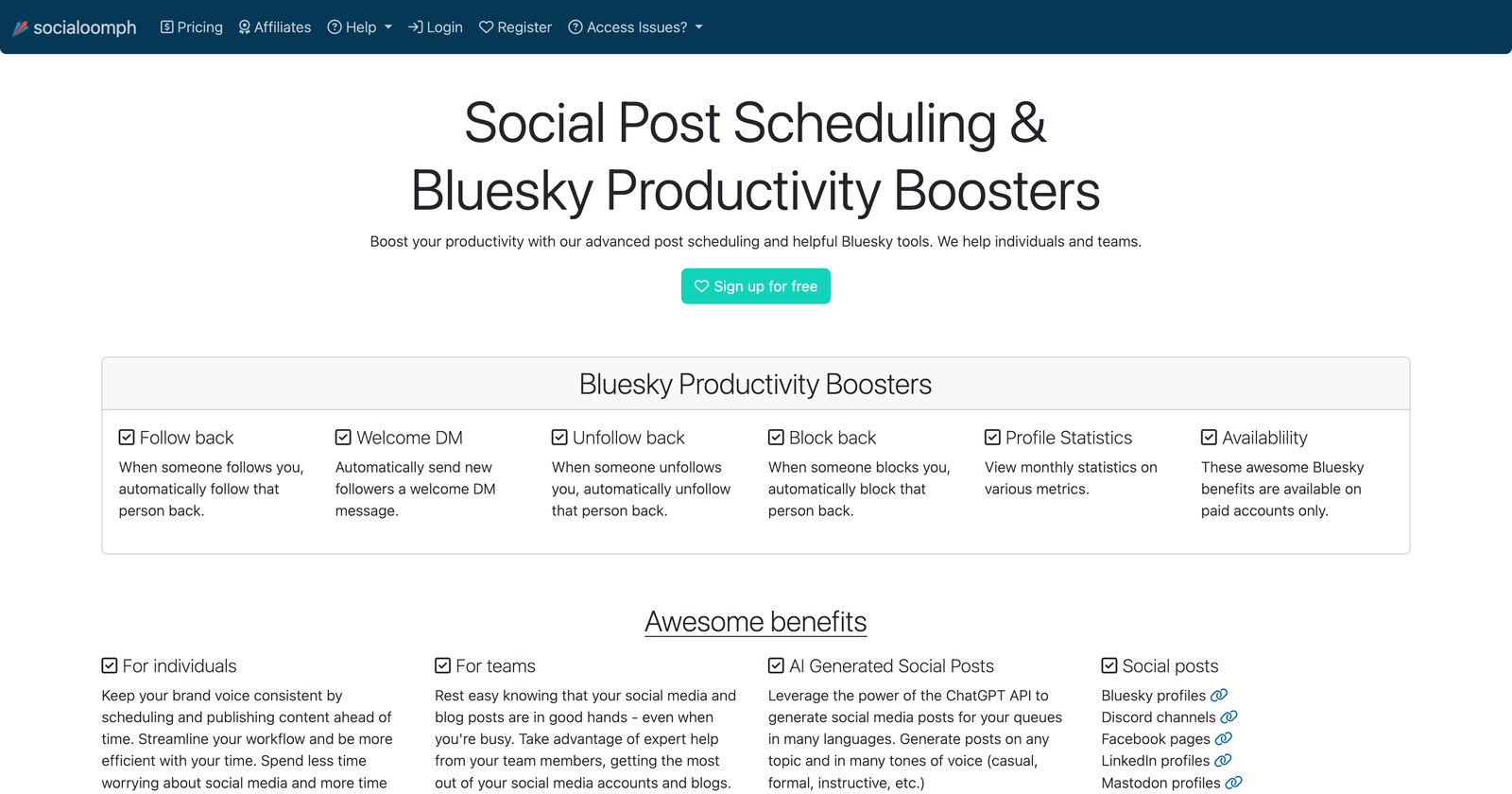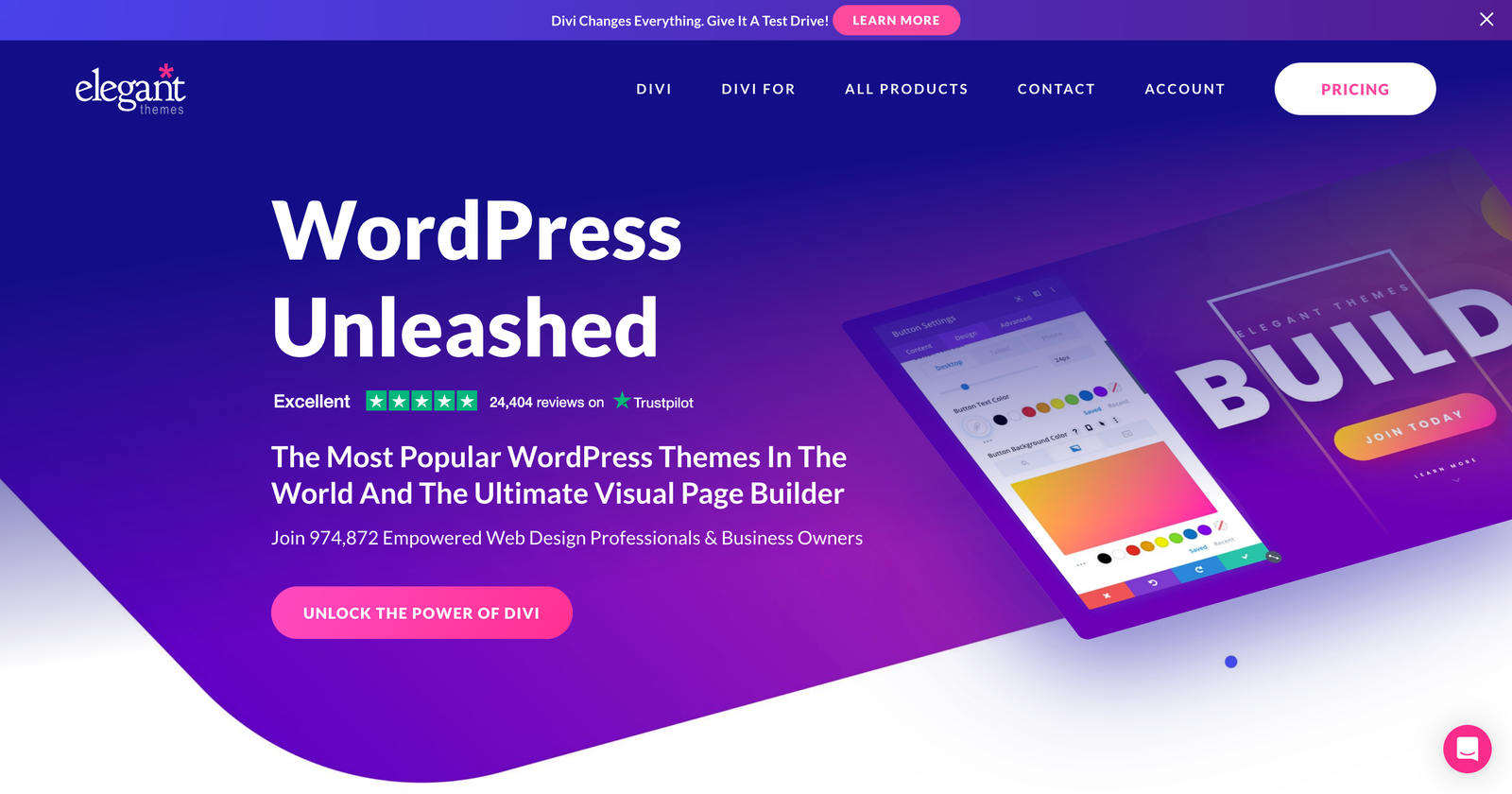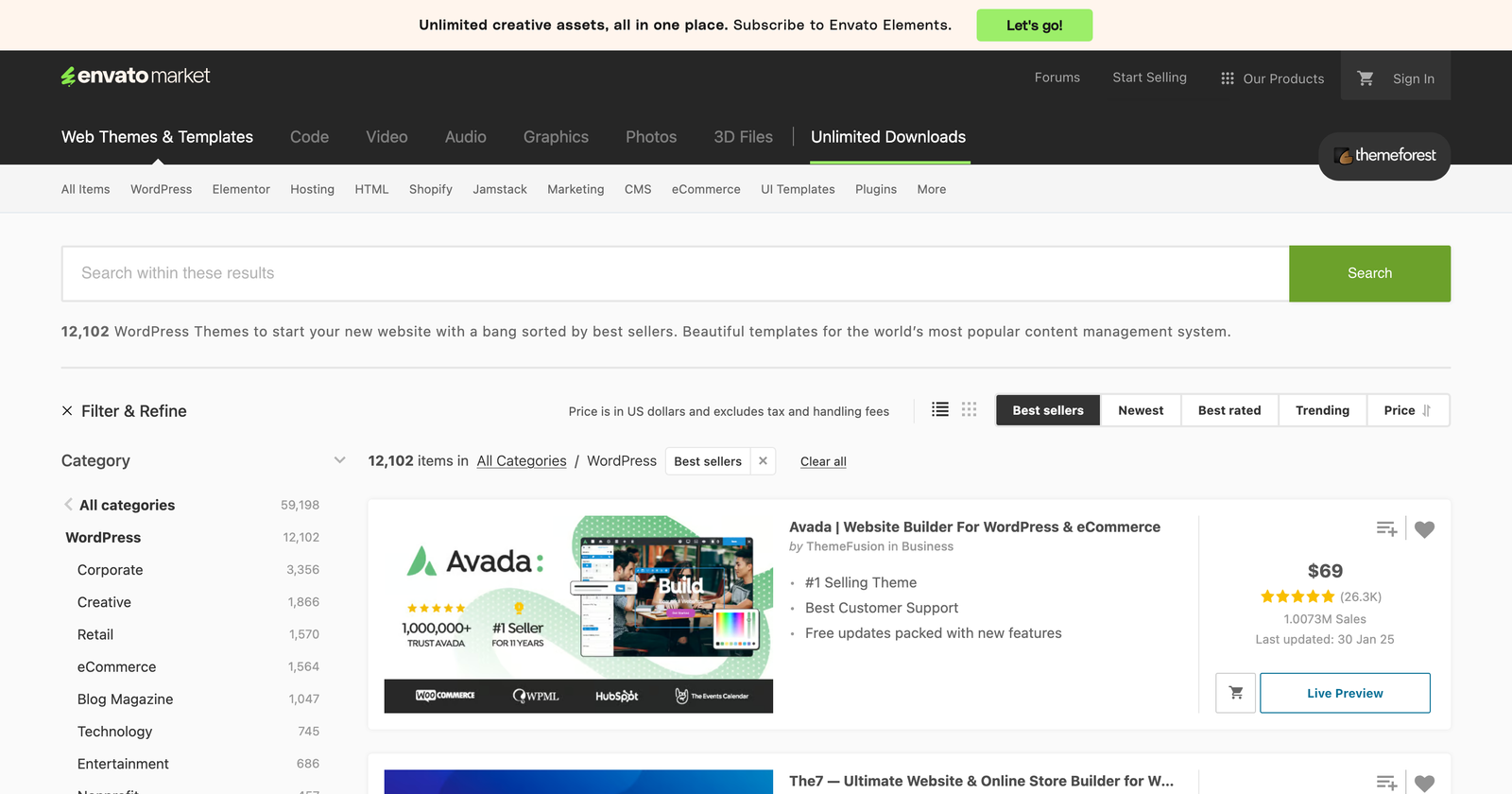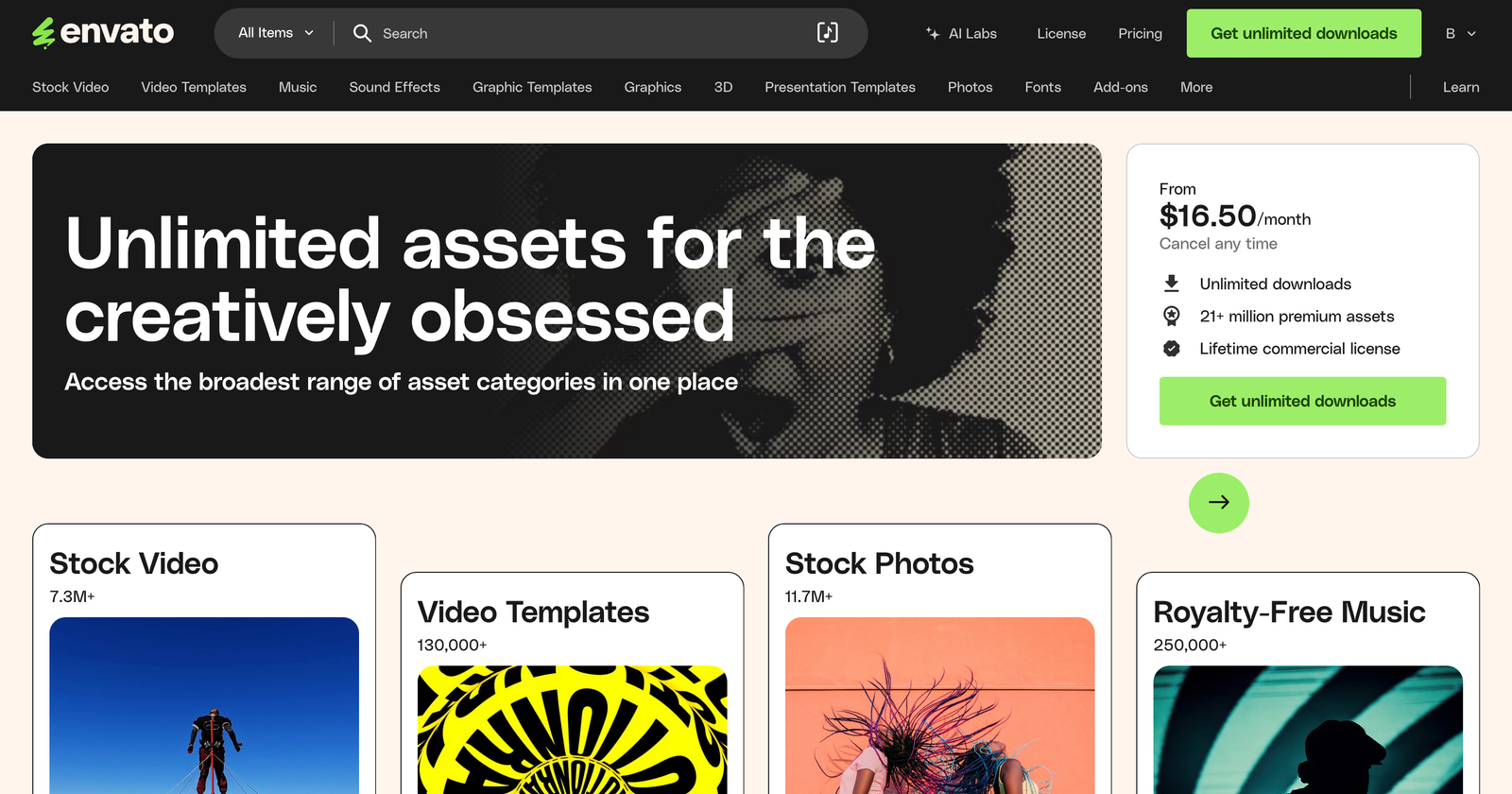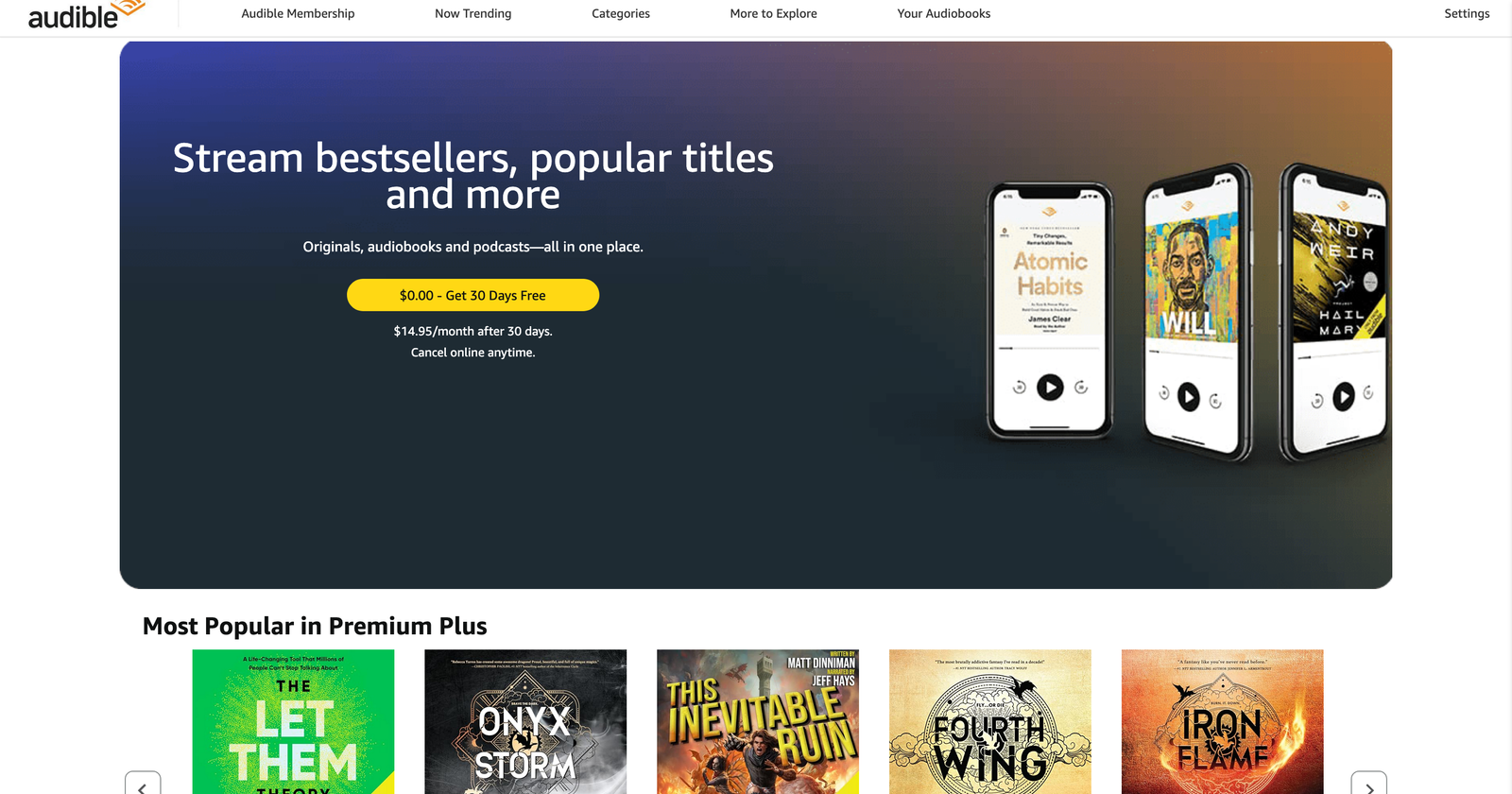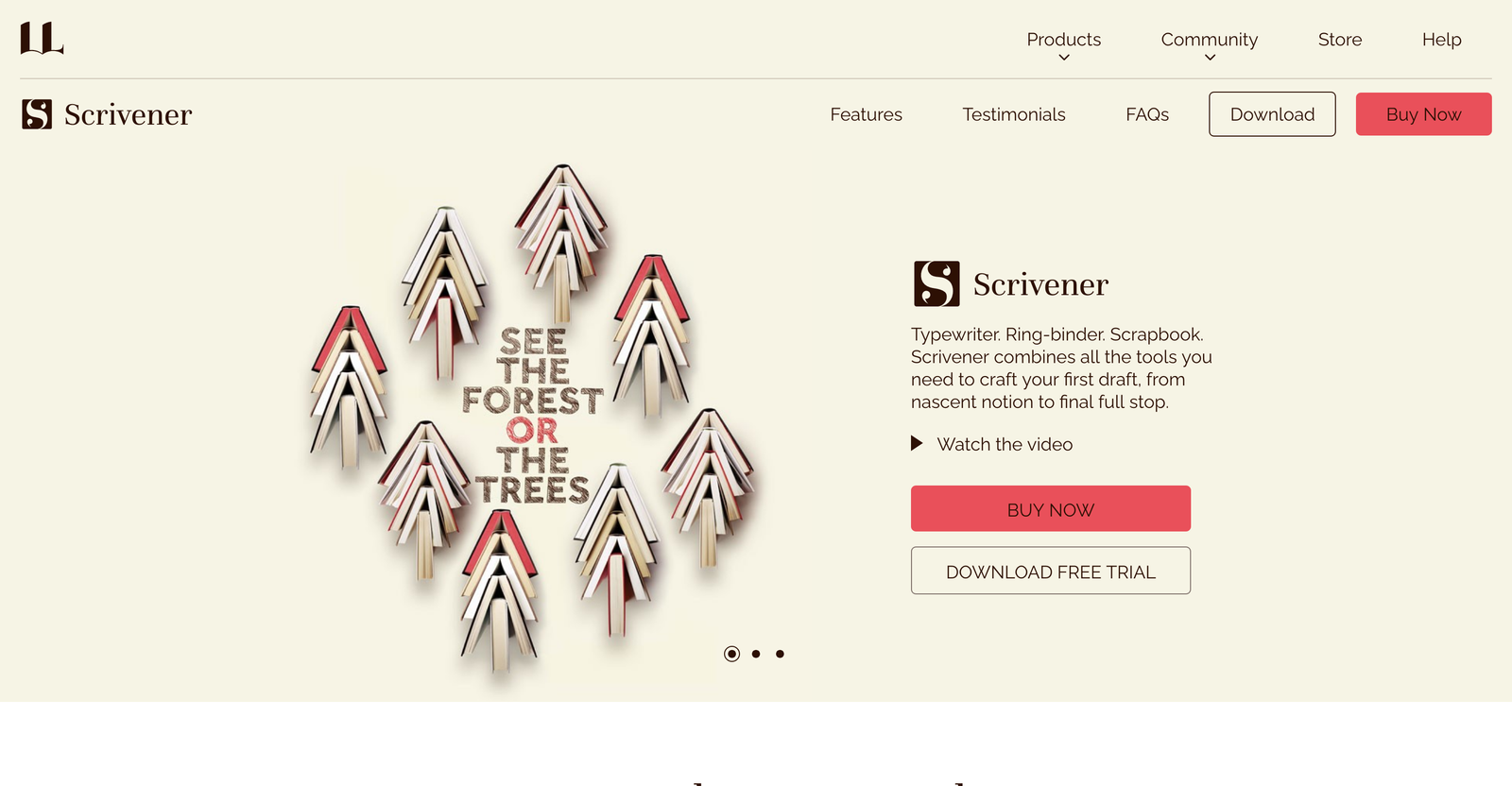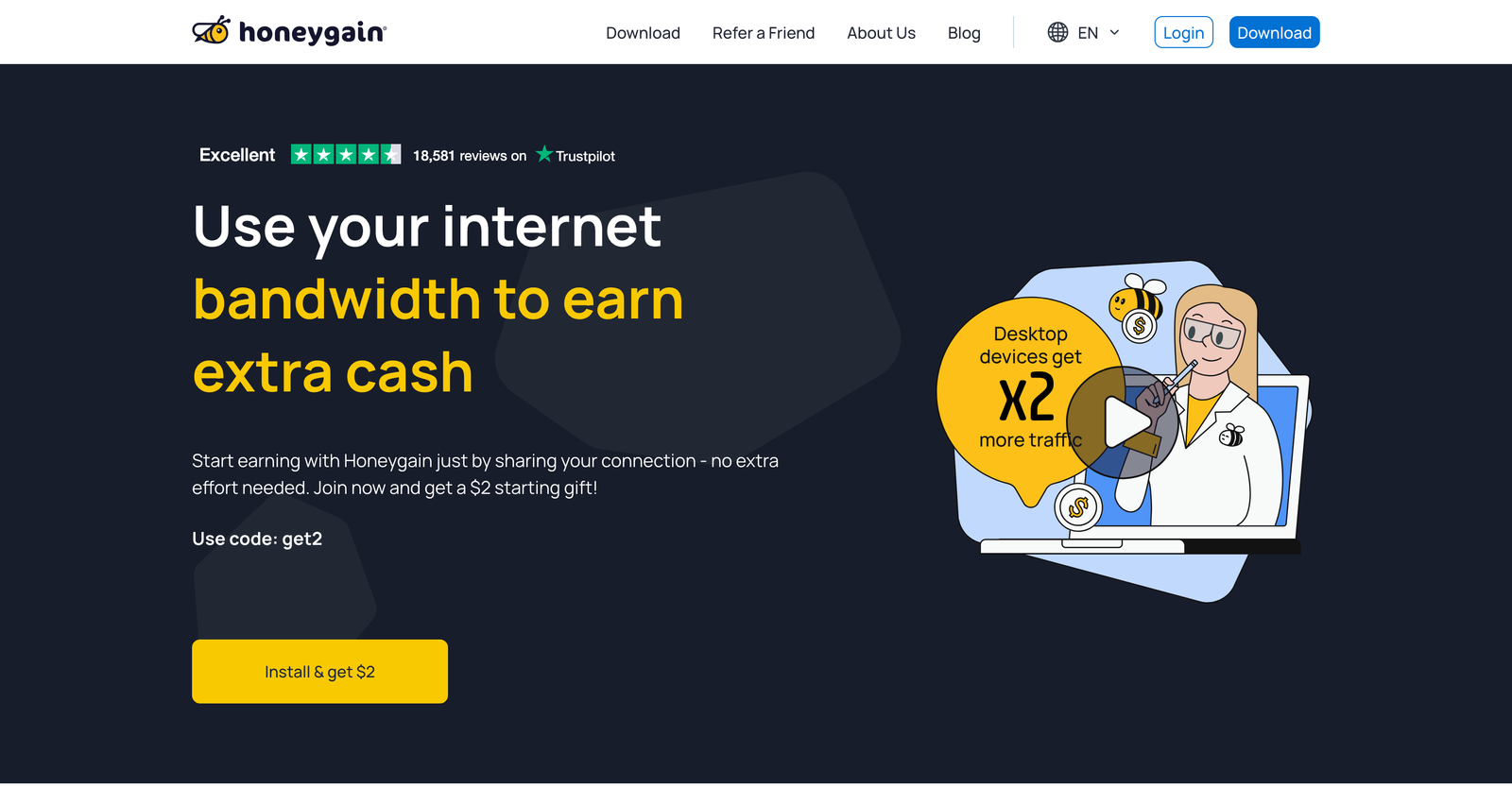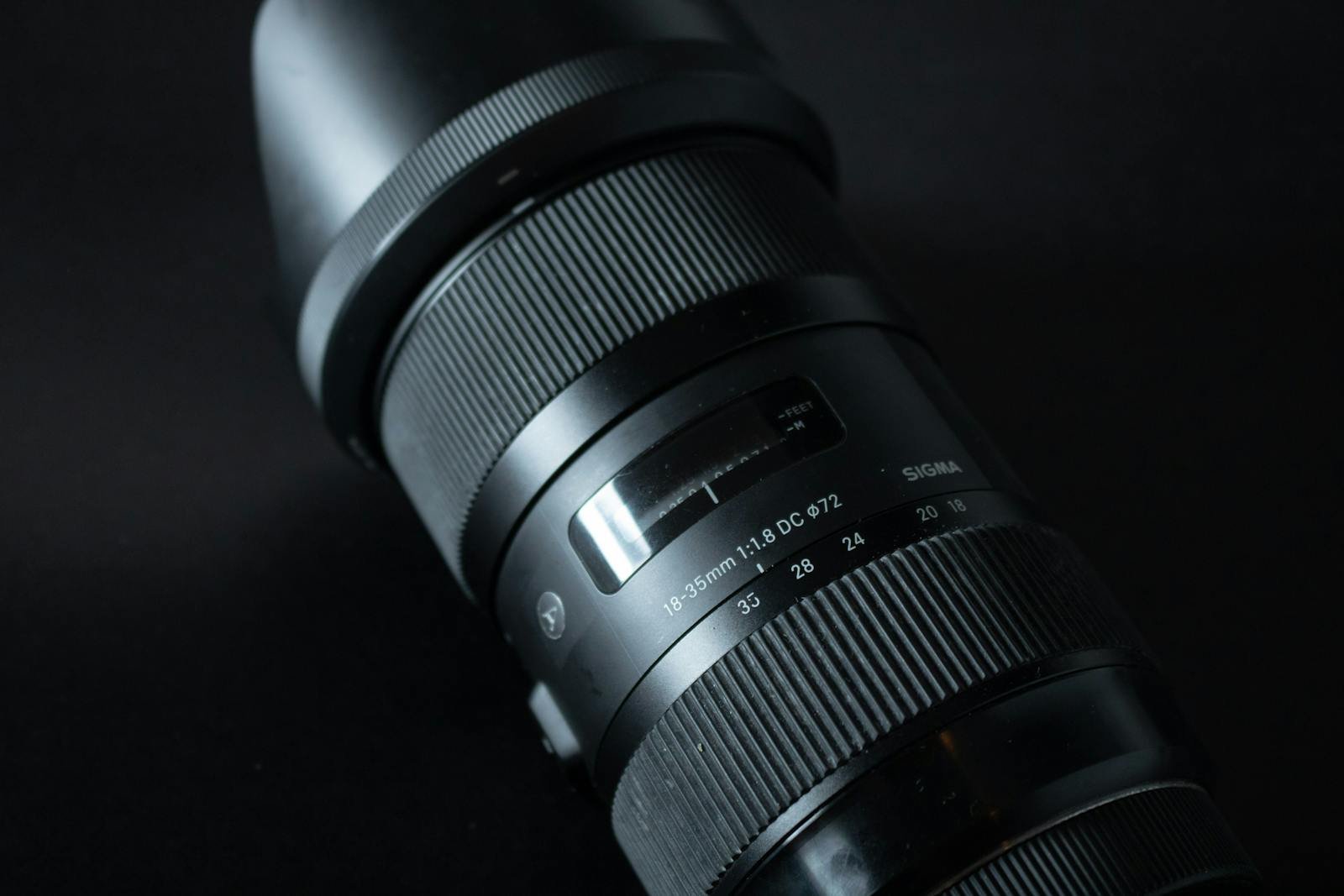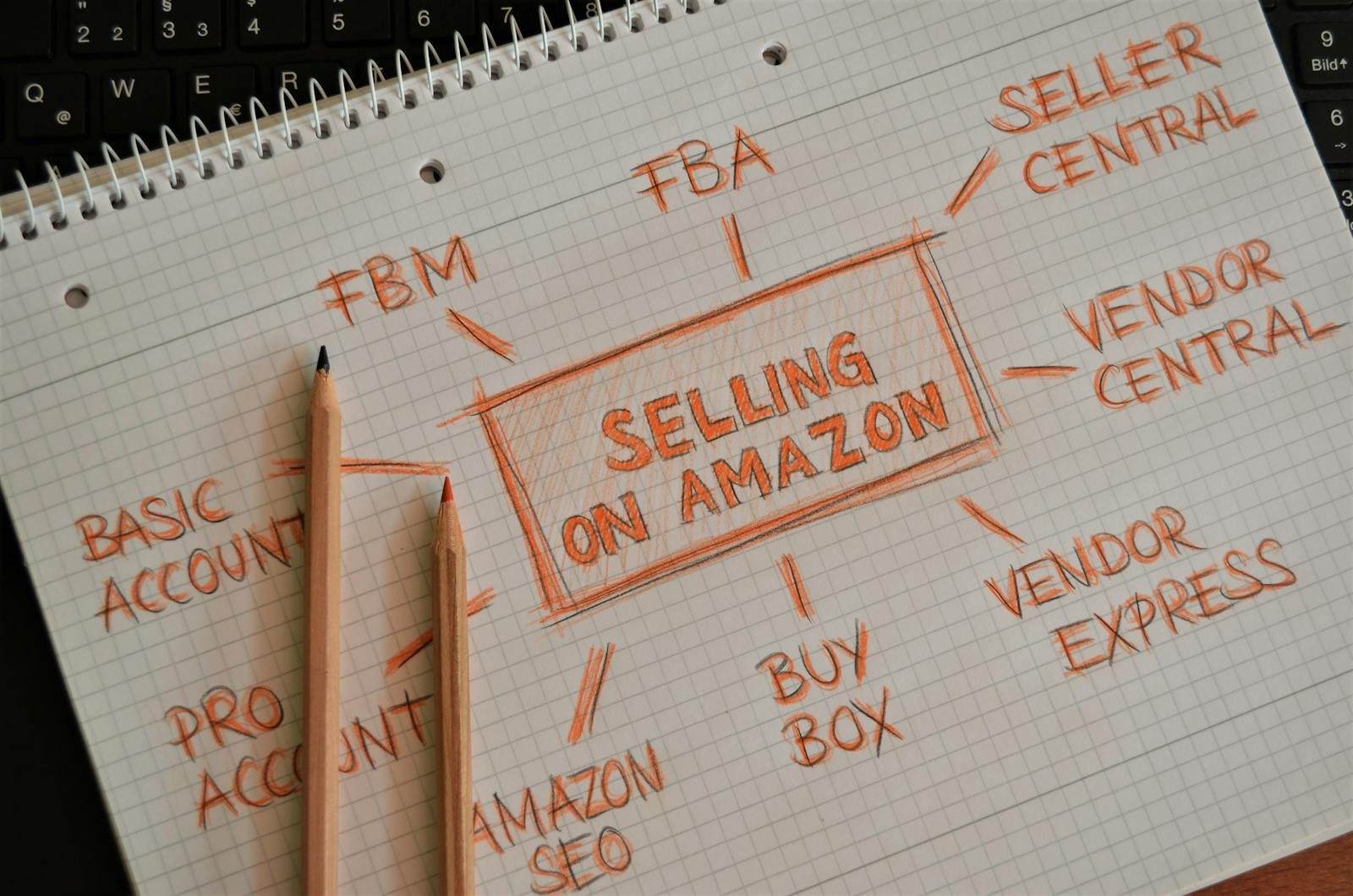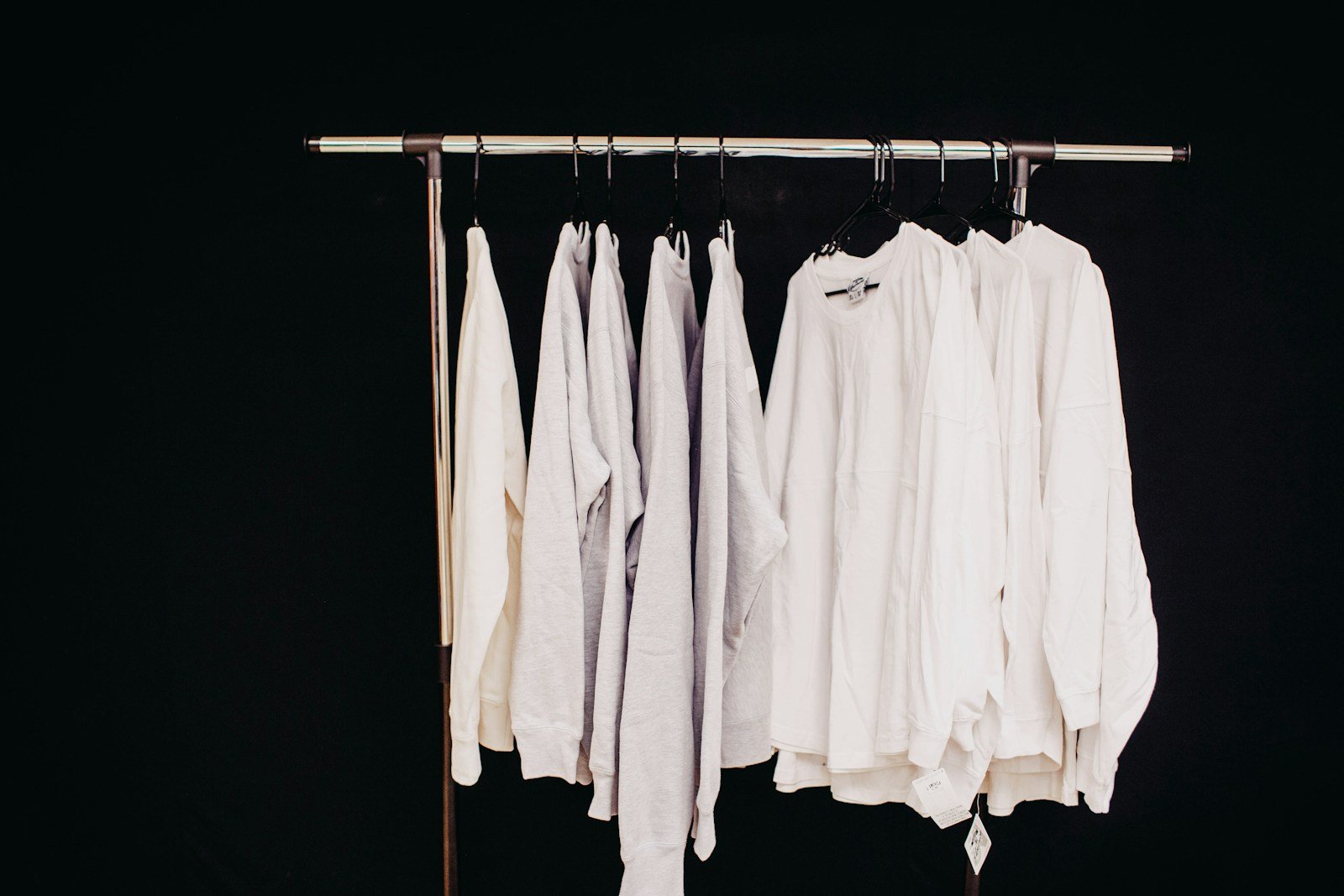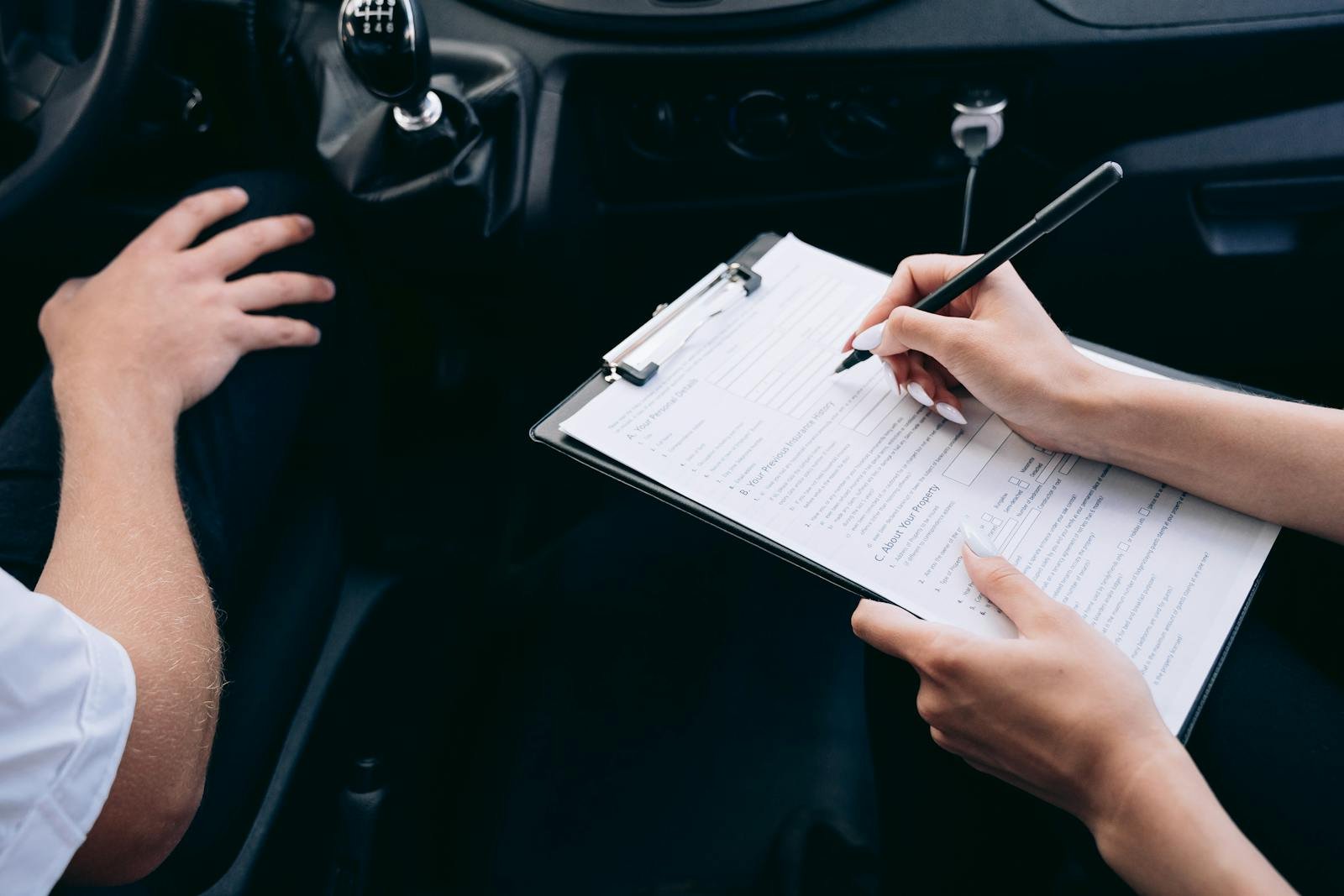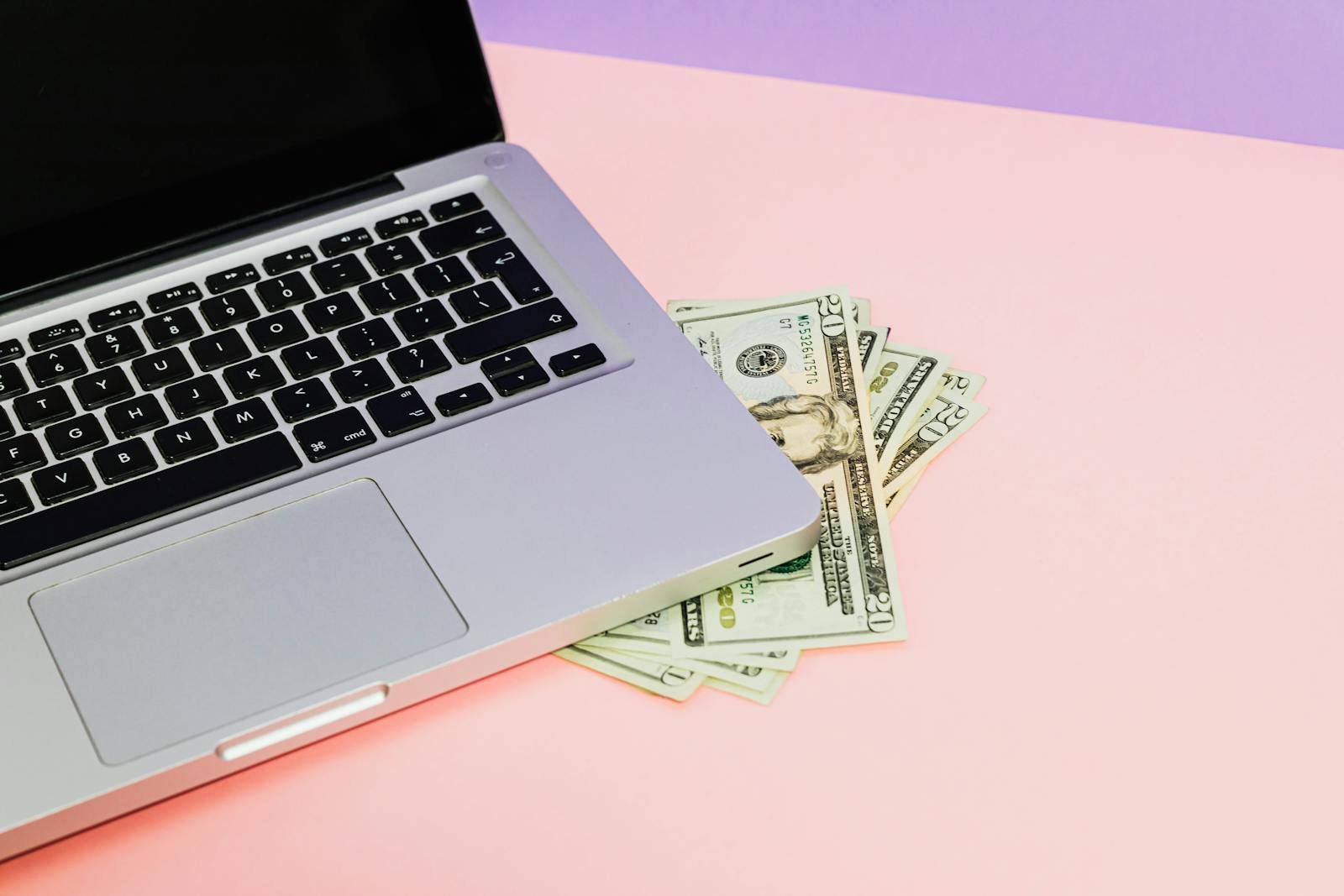Print-on-Demand Business Insights
A low-cost,
startup business model
Print-on-Demand is an e-commerce business model that enables entrepreneurs to sell custom-designed products without inventory. With automation, low startup costs, and scalability, it's an ideal online business opportunity.
Print-on-Demand Business Insights
A low-cost,
startup business model
Print-on-Demand is an e-commerce business model that enables entrepreneurs to sell custom-designed products without inventory. With automation, low startup costs, and scalability, it's an ideal online business opportunity.
Print-on-Demand Business Insights
🏆 Overall Business Viability Score
💰 Profitability Score
🚀 Scalability Score
⏳ Time to Profitability Score
💸 Startup Cost Score
🛠️ Operational Complexity Score
📢 Marketing & Customer Acquisition Score
🤖 Automation & Passive Income Score
📈 Market Demand Score
⚠️ Competition Level Score
🌱 Sustainability & Longevity Score
📊 Revenue Stability Score
🏗️ Barrier to Entry Score
🎯 Target Market Size Score
🔧 Skill & Experience Requirement Score
📍 Location Flexibility Score
💼 Legal & Compliance Complexity Score
🔥 Economic Resilience Score
🔄 Recession Proof Score
🏁 Exit Strategy Score
Business Idea Overview:
Print-on-Demand (POD) is a low-risk, scalable online business model where products like apparel, mugs, and accessories are custom-printed and shipped only after a sale. With no inventory required, entrepreneurs can sell unique designs worldwide, leveraging automation for fulfillment and delivery.
📊 Earning Potential
🛠️ Best Platforms & Tools
Top platforms include Printful, Printify, Gelato, Teespring, Redbubble, and SPOD for fulfillment. Shopify and Etsy are the best marketplaces for selling, while Canva and Adobe Illustrator are useful for design.
⚠️ Biggest Challenge
Standing out in a saturated market. Success depends on niche selection, unique designs, and strong marketing.
💸 Startup Costs & Investment
Minimal upfront investment. Typically $0 to $200 to launch, covering a domain, Shopify store, and initial ad spend.
📢 Customer Acquisition Strategy
Organic growth via SEO, Pinterest, and Instagram marketing. Paid strategies include Facebook Ads, TikTok Ads, and influencer marketing.
📈 Ideal Business Model
Primarily one-time sales, but some sellers build subscription models with exclusive designs or limited-edition drops.
⏳ Time to Profitability
Many sellers see their first profits in 1-3 months if they focus on niche selection and marketing.
🚀 Key to Scaling
Automating order fulfillment, outsourcing design, and leveraging email marketing and retargeting ads to maximize conversions.
🤖 Automation & Passive Income Potential
Highly automated once established. Print-on-demand fulfillment handles production and shipping, making it a semi-passive business.
🏁 Exit Strategy
Sell as an established Shopify or Etsy store with proven sales history, or transition into a brand selling proprietary products.
🌱 Sustainability & Longevity
Long-term potential, but dependent on trend shifts. Sustainable, eco-friendly POD products are growing in demand.
🔄 Market Trends & Demand
Rising demand for customized apparel, eco-friendly products, and AI-generated designs. Personalization is a major driver of growth.
🆚 Competition Level
Moderate to high. Differentiation through niche selection, branding, and superior marketing is essential. Sign up for SEO Flow and start your keyword research today. SEOFlow.app
📍 Location Flexibility
100% remote business. Can be operated from anywhere with an internet connection.Visit NomadWave’s Digital Nomad Community
🎯 Ideal Target Audience
Customers looking for unique, customized, or niche-specific products, such as fitness enthusiasts, pet lovers, or gamers.
🏗️ Operational Complexity
Low to moderate. Most tasks, including printing and shipping, are outsourced, but design, customer service, and marketing require effort. View Templates
🔧 Required Skills & Experience
No prior experience needed. Basic design skills, marketing knowledge, and e-commerce strategy help significantly.
💼 Legal & Compliance Considerations
Ensure compliance with copyright and trademark laws when designing prints. Avoid using trademarked logos or phrases.
📊 Best Monetization Strategies
Selling through Shopify, Etsy, and Amazon Merch. Some leverage subscription boxes, influencer partnerships, and pre-orders for higher profits.
🔥 Recession & Economic Resilience
POD businesses tend to survive economic downturns, but demand for luxury items may decline during recessions. Focusing on evergreen niches improves resilience.
Earning Potential of Print-on-Demand (POD) Business
The earning potential of a Print-on-Demand (POD) business varies widely based on niche selection, marketing strategies, and product pricing. Unlike traditional retail businesses that require large upfront investments in inventory, POD allows entrepreneurs to sell custom-designed products with minimal risk while leveraging third-party fulfillment services.
How Much Can You Realistically Make?
💰 Beginner Earnings: $100 – $1,000/month
🔹 New sellers who focus on organic traffic (SEO, social media, Pinterest) or test designs can make small but steady sales within a few months.
💰 Intermediate Earnings: $1,000 – $10,000/month
🔹 Entrepreneurs who invest in Facebook Ads, influencer partnerships, or build a strong niche brand can see consistent monthly sales growth.
💰 Expert Earnings: $10,000 – $100,000+/month
🔹 POD stores with strong branding, high-converting ads, and repeat customers can generate six-figure profits, especially if they scale their operations and automate sales funnels.
Factors That Impact Earning Potential
1️⃣ Niche Selection – Highly specific and underserved niches (e.g., pet lovers, eco-conscious consumers, professional industries) tend to convert better than general markets.
2️⃣ Product Selection – Expanding beyond basic T-shirts to mugs, posters, hoodies, and phone cases can increase average order value (AOV).
3️⃣ Pricing Strategy – Setting prices based on perceived value and bundling items can significantly increase margins.
4️⃣ Traffic Source – Organic (SEO, social media, Pinterest) vs. Paid (Facebook, TikTok, Google Ads) determines customer acquisition cost (CAC) and profit margins.
5️⃣ Branding & Repeat Customers – Stores with a clear brand identity and loyal audience can sustain long-term profitability without heavy reliance on ads.
Profit Margins & Revenue Breakdown
Most POD platforms take a base cost per product (for manufacturing, fulfillment, and shipping), leaving you with a profit margin of 20-50% depending on pricing.
🛒 Example Earnings Breakdown for POD T-Shirts:
- Sale Price: $24.99
- Base Cost: $10.00
- Profit Per Sale: $14.99
- Ad Cost Per Sale: $5.00 (if running ads)
- Net Profit: $9.99
A store that sells 500 shirts per month at a $9.99 profit per sale would generate $4,995 in net profit per month.
Scaling to a Full-Time Income
📈 Automate & Optimize – Using email marketing, upsells, and retargeting ads can increase lifetime customer value (LTV).
📢 Expand Marketing Channels – Leveraging influencers, TikTok trends, and organic SEO can reduce ad costs and improve profit margins.
🌍 Target Global Markets – Selling internationally increases customer reach, especially for holiday and seasonal trends.
Final Verdict: Is POD Worth It?
✅ High Earning Potential – POD can be highly profitable if done strategically.
✅ Scalability – You can run multiple stores, expand niches, and introduce new product lines effortlessly.
✅ Automation & Passive Income – Once set up, POD can generate passive income with minimal involvement beyond marketing and customer service.
However, success depends on differentiation, strong marketing, and the ability to adapt to trends. Entrepreneurs who invest time into branding, unique product designs, and sustainable customer acquisition strategies are the ones who build long-term, high-earning POD businesses. 🚀
Best Business Models for Print-on-Demand (POD)
The Print-on-Demand (POD) business offers several different models, each catering to different goals, budgets, and skill levels. The right business model depends on whether you want to focus on organic marketing, paid advertising, brand-building, or passive income streams. Below are the most effective business models for POD entrepreneurs.
1️⃣ Niche Brand Store (Best for Long-Term Growth)
💡 What It Is:
A branded store focused on a specific niche (e.g., pet lovers, fitness enthusiasts, gamers, eco-conscious consumers).
🔹 Why It Works:
- Builds brand loyalty and repeat customers.
- Easier to scale with SEO, social media, and influencer marketing.
- Enables premium pricing for higher profit margins.
📌 Example: A POD store selling vegan lifestyle T-shirts, hoodies, and tote bags with a strong eco-friendly message.
Best For: Entrepreneurs who want to build a sustainable, long-term business.
2️⃣ Trend & Seasonal Store (Best for Fast Sales)
💡 What It Is:
A store that capitalizes on viral trends, pop culture, and seasonal demand (e.g., meme shirts, holiday-themed mugs, trending slogans).
🔹 Why It Works:
- Quick cash flow opportunities by tapping into viral moments.
- Can be tested with low-budget Facebook/TikTok ads.
- Low effort since designs can be quickly created and uploaded.
📌 Example: A store selling “funny election-year T-shirts” or “holiday-themed ugly sweaters”.
Best For: Entrepreneurs who are comfortable chasing trends and pivoting fast.
3️⃣ High-Ticket Print-on-Demand (Best for Profit Margins)
💡 What It Is:
Selling premium POD products like canvas prints, custom shoes, premium activewear, and home décor instead of low-cost T-shirts and mugs.
🔹 Why It Works:
- Higher profit margins with lower sales volume.
- Targets customers willing to pay more for quality and uniqueness.
- Less competition compared to standard POD niches.
📌 Example: Selling luxury travel-inspired canvas wall art for $100+ per piece.
Best For: Entrepreneurs looking for high-profit, low-volume business models.
4️⃣ Organic & Evergreen SEO Store (Best for Passive Income)
💡 What It Is:
A store that relies on search engine optimization (SEO) and evergreen content to drive consistent traffic without ongoing ad spend.
🔹 Why It Works:
- Low marketing costs since traffic is organic.
- Can generate passive income as traffic compounds.
- Works well with niche blog content, Pinterest, and YouTube marketing.
📌 Example: A POD store selling motivational entrepreneur T-shirts that ranks on Google for “best motivational business apparel”.
Best For: Entrepreneurs who prefer blogging, Pinterest, or content marketing.
5️⃣ Influencer & Social Media-Driven Store (Best for Personal Brands)
💡 What It Is:
A POD business that leverages a personal brand, influencer, or social media following to drive sales.
🔹 Why It Works:
- Converts highly engaged audiences into buyers.
- Minimal need for advertising if followers are loyal and engaged.
- Can be paired with YouTube, Instagram, TikTok, and email marketing.
📌 Example: A YouTuber with a fitness channel selling custom gym apparel and accessories.
Best For: Influencers, YouTubers, or entrepreneurs with an existing audience.
6️⃣ Hybrid Model: Dropshipping + POD (Best for Diversification)
💡 What It Is:
A mix of Print-on-Demand and traditional dropshipping, offering POD items alongside general dropshipping products.
🔹 Why It Works:
- More product variety to increase average order value (AOV).
- Higher chances of converting customers by offering upsells.
- Can be branded while remaining flexible.
📌 Example: A travel accessories store selling custom travel T-shirts (POD) + luggage tags and travel pillows (dropshipping).
Best For: Entrepreneurs who want more product variety and flexibility.
Final Thoughts: Choosing the Best Model
Each Print-on-Demand business model has unique advantages depending on your goals, budget, and marketing strategy.
✅ Want long-term branding? → Niche Brand Store
✅ Want quick sales & viral trends? → Trend & Seasonal Store
✅ Want high profits per sale? → High-Ticket POD
✅ Want passive income & SEO traffic? → Evergreen SEO Store
✅ Already have an audience? → Influencer & Social Media Store
✅ Want product flexibility? → Hybrid POD + Dropshipping
Choosing the right model maximizes success and profitability while aligning with your strengths. 🚀
Automation Potential in Print-on-Demand (POD)
One of the biggest advantages of running a Print-on-Demand (POD) business is its high automation potential. Unlike traditional e-commerce models that require managing inventory, shipping, and fulfillment, POD allows entrepreneurs to streamline operations with automation tools, enabling them to scale with minimal hands-on effort.
Here’s how automation enhances POD businesses:
1️⃣ Fully Automated Order Fulfillment
🔹 How It Works:
When a customer places an order, the POD platform automatically forwards the order details to a printing partner, who then prints, packs, and ships the item directly to the customer—without any manual involvement.
📌 Best Tools:
✅ Printful, Printify, Gelato, SPOD – Automatically handle order fulfillment and shipping.
✅ Shopify + POD Apps – Sync orders directly with fulfillment services.
🔄 Benefit: No inventory management and zero logistics hassle, making POD one of the most passive e-commerce models.
2️⃣ AI-Generated & Bulk Product Listings
🔹 How It Works:
Entrepreneurs can create hundreds of product variations (colors, sizes, styles) in minutes using automation tools that bulk-generate product listings.
📌 Best Tools:
✅ DSers (AliExpress integration for hybrid POD/dropshipping models)
✅ Zazzle & Redbubble AI Design Tools – Auto-generate design variations.
🔄 Benefit: Faster product launch and higher chances of finding winning designs.
3️⃣ Automated Marketing & Traffic Generation
🔹 How It Works:
POD businesses can use automated marketing systems to drive traffic and increase conversions without ongoing manual effort.
📌 Best Tools:
✅ SEO Plugins (Rank Math) – Auto-optimize product pages for organic search traffic.
✅ Social Media Schedulers (Social Oomph) – Schedule social media posts in advance.
✅ Facebook & Google Ad Automation (Adzooma, Revealbot) – Automate ad campaign optimization.
🔄 Benefit: Consistent traffic and engagement without constant manual posting.
4️⃣ AI-Powered Design Creation
🔹 How It Works:
POD businesses no longer need graphic design expertise—AI and automation tools can generate high-converting T-shirt designs, logos, and graphics instantly.
📌 Best Tools:
✅ Canva– Templates and AI-powered graphics.
✅ Kittl & Vexels – AI-generated text-based T-shirt designs.
✅ Midjourney & DALL·E – AI-generated artwork for unique POD prints.
🔄 Benefit: Faster design creation without hiring designers.
5️⃣ Email & Retargeting Automation
🔹 How It Works:
Customers rarely purchase on their first visit. Automated email and retargeting systems nurture leads and recover abandoned carts without manual follow-ups.
📌 Best Tools:
✅ Flodesk (Automated email sequences)
✅ PushEngage (Web push notifications for abandoned carts)
✅ Facebook Retargeting Ads (Dynamic product retargeting)
🔄 Benefit: Higher conversion rates through personalized automation sequences.
6️⃣ AI-Driven Customer Support & Chatbots
🔹 How It Works:
Instead of answering every customer inquiry manually, POD businesses can automate customer service using AI chatbots and helpdesk automation.
📌 Best Tools:
✅ Tidio & ManyChat – AI-powered chatbots for instant customer support.
✅ Zendesk & Freshdesk – Automated customer service ticketing.
✅ Gorgias (for Shopify) – Auto-reply to customer inquiries via email & chat.
🔄 Benefit: Faster response times & improved customer satisfaction with minimal workload.
7️⃣ Recurring Revenue & Subscription-Based POD
🔹 How It Works:
Rather than relying on one-time sales, POD entrepreneurs can automate subscription-based business models that generate recurring revenue.
📌 Best Examples:
✅ Monthly T-Shirt Subscription Box – Customers get a new custom-printed tee every month.
✅ Print Membership Programs – Exclusive access to premium designs & discounts.
✅ Personalized Gifts on Autopilot – Birthday & holiday gift subscriptions.
🔄 Benefit: Steady, predictable income without chasing new customers constantly.
Final Verdict: How Automated Can POD Be?
✅ 80-90% of a Print-on-Demand business can be fully automated, making it one of the easiest and most scalable online business models.
🚀 Best for:
- Entrepreneurs looking for low-maintenance businesses.
- Creators who prefer focusing on design & branding rather than logistics.
- Passive income seekers who want hands-off e-commerce.
With automation handling fulfillment, marketing, design, and support, POD scales effortlessly—allowing business owners to focus on growing profits instead of day-to-day operations.
Get JotPro, the intuitive AI writing tool with over 50 templates, and countless features like Speech-to-Text and Text-to-Speech. Sign Up Free
Traffic Strategies for Print-on-Demand (POD) Business
Driving consistent, high-converting traffic to a Print-on-Demand (POD) store is essential for long-term success. Since POD operates on a low-margin, high-volume model, getting targeted visitors to your store efficiently and affordably is key. Below are the best traffic strategies for maximizing sales and scaling your POD business.
1️⃣ Organic Traffic (SEO) – Free, Long-Term Growth
🔹 How It Works:
Search Engine Optimization (SEO) helps rank your POD store and product listings on Google, Etsy, and other marketplaces, driving free, targeted traffic over time.
📌 Best SEO Strategies:
✅ Keyword Research: Use low-competition, high-buying intent keywords (e.g., “funny cat dad shirt” instead of “t-shirt”).
✅ Optimize Product Listings: Title, description, and image alt tags should be keyword-rich and compelling.
✅ Blog Content & Guides: Create niche-related blog posts (e.g., “Top 10 T-Shirts for Dog Lovers”) to attract organic visitors.
✅ Backlinks & Social Proof: Earn backlinks from blogs and feature testimonials/reviews to improve credibility.
🎯 Best Platforms for SEO:
- Google Search (E-commerce SEO & Blog Content)
- Etsy SEO (For Etsy POD stores)
- YouTube (Long-term content marketing)
💡 Pro Tip: SEO takes time but is the most cost-effective long-term traffic source.
2️⃣ Paid Advertising – Fastest Way to Drive Sales
🔹 How It Works:
Paid ads let you instantly drive targeted traffic to high-converting POD products—but require budget optimization to be profitable.
📌 Best Paid Ad Strategies:
✅ Facebook & Instagram Ads: Run conversion-optimized ads targeting niche-specific audiences.
✅ Google Shopping Ads: Target high-intent buyers searching for specific t-shirts, mugs, or posters.
✅ Pinterest Ads: Highly visual platform—great for selling aesthetic POD products like home decor, art, or fashion.
✅ TikTok Ads: Best for trendy, impulse-buy products like funny T-shirts and meme-related items.
💰 Budget Tip: Start with a low daily budget ($5-$10/day) and test different creatives before scaling.
3️⃣ Social Media Traffic – Free & Paid Growth
🔹 How It Works:
Social media platforms provide free and viral traffic opportunities when leveraged correctly.
📌 Best Social Media Strategies:
✅ TikTok & Reels Marketing – Short-form videos showcasing your designs can go viral overnight.
✅ Pinterest Organic & Paid – Pins last for months and drive consistent free traffic.
✅ Facebook Groups & Reddit – Promote designs in niche communities without being spammy.
✅ Twitter & Instagram Engagement – Share posts, use trending hashtags, and engage in relevant discussions.
💡 Pro Tip: Use UGC (User-Generated Content) to make ads & posts feel more organic and less salesy.
4️⃣ Influencer & Viral Marketing
🔹 How It Works:
Partnering with influencers and brand ambassadors lets you tap into existing audiences for instant credibility and exposure.
📌 Best Influencer Strategies:
✅ Micro-Influencers (10k-100k followers): High engagement, lower cost than big influencers.
✅ YouTube Reviewers & Unboxings: Send free products to YouTubers in your niche for reviews.
✅ TikTok Trends & Challenges: Get influencers to feature your shirts in trending challenges for viral exposure.
✅ Affiliate & Referral Programs: Offer commissions to influencers who drive sales.
💡 Pro Tip: Small influencers are cheaper & more engaged than mega-celebrities. Start small & scale up.
5️⃣ Email & Retargeting – High-ROI Conversions
🔹 How It Works:
Most first-time visitors won’t buy immediately—email marketing & retargeting bring them back until they convert.
📌 Best Email & Retargeting Strategies:
✅ Collect Emails via Pop-Ups – Offer a discount or freebie to collect leads.
✅ Abandoned Cart Emails – Automatically remind users to complete their purchase.
✅ Facebook & Google Retargeting Ads – Show ads to people who visited your store but didn’t buy.
✅ Loyalty & VIP Programs – Encourage repeat purchases with exclusive offers & promotions.
💡 Pro Tip: Retargeting increases sales by 30-50%—set up automated cart reminders ASAP!
6️⃣ Niche-Specific Community Engagement
🔹 How It Works:
Engage with niche communities where your ideal customers hang out.
📌 Best Community Strategies:
✅ Subreddits & Forums – Share designs & engage in niche discussions (e.g., r/streetwear, r/homedecor).
✅ Facebook Groups – Interact naturally and soft-promote your products.
✅ Discord Servers – Many niche communities (gaming, anime, music) have merch-buying audiences.
💡 Pro Tip: Never spam—offer value, participate in discussions, and organically mention your products.
7️⃣ Bundling & Cross-Promotion for Extra Sales
🔹 How It Works:
Encourage larger orders by bundling POD products together or upselling complementary items.
📌 Best Upsell & Bundle Strategies:
✅ “Buy 2, Get 1 Free” Offers – Encourages higher cart values.
✅ Cross-Sell Related Items – Show mugs & hoodies alongside T-shirts.
✅ Limited-Time Scarcity Offers – “Only 10 left in stock!” urgency.
💡 Pro Tip: Increasing average order value (AOV) boosts profitability on paid ads!
Final Verdict: What’s the Best Traffic Strategy?
🚀 Short-Term (Fast Sales) – Paid Ads & Influencer Marketing
🌱 Long-Term (Free, Sustainable Traffic) – SEO & Social Media Marketing
🔄 High ROI & Repeat Sales – Email Marketing & Retargeting
✅ Best Combo: Use Paid Ads to kickstart sales → Retarget & email to maximize profits → Invest in SEO & social for long-term traffic.
With the right mix of organic, paid, and viral strategies, Print-on-Demand businesses can generate consistent traffic & sales while keeping acquisition costs low.
Conversion Tactics for Print-on-Demand (POD) Business
Driving traffic to your Print-on-Demand (POD) store is only half the battle—converting visitors into paying customers is where real success happens. The right conversion strategies can maximize sales, lower customer acquisition costs, and increase repeat purchases.
High-Quality Product Images & Mockups
Why It Matters
People buy with their eyes first—low-quality images hurt conversions. Your designs should look professional, premium, and engaging.
Best Practices
- Use Lifestyle Mockups – Show real people wearing or using the products.
- Multiple Angles & Variations – Showcase the front, back, close-up details, and color options.
- High-Resolution Only – Ensure images are crisp and clear for a professional appearance.
- 3D & Video Mockups – Create interactive previews that bring the product to life.
💡 Pro Tip: Use tools like Placeit, SmartMockups, or Canva for realistic mockups.
Compelling Product Descriptions
Why It Matters
A strong product description sells the benefits, not just features. It should emotionally connect with the buyer and make the product irresistible.
Best Practices
- Tell a Story – Explain how the product fits into the buyer’s lifestyle.
- Use Power Words – “Ultra-soft, premium feel,” “Designed for style & comfort,” “Limited edition.”
- Highlight Benefits First – Instead of “100% Cotton,” say “Breathable, lightweight fabric for all-day comfort.”
- Easy-to-Read Format – Use bullet points and short sentences to improve readability.
💡 Pro Tip: Make the customer visualize wearing or using the product.
Social Proof & User-Generated Content (UGC)
Why It Matters
People trust real customer reviews and images more than brand advertising. Social proof builds trust and increases conversions.
Best Practices
- Display Customer Reviews & Star Ratings – Show testimonials from real buyers.
- Use Customer Photos & Videos – Let buyers submit images wearing your product.
- Feature “As Seen On” Mentions – If influencers or media outlets feature your product, highlight them.
- Encourage User-Generated Content (UGC) – Offer discounts for customers who share their product photos.
💡 Pro Tip: Buyers are more likely to purchase if they see real people using your products.
Scarcity & Urgency Tactics
Why It Matters
People fear missing out—urgency increases conversion rates by encouraging immediate action.
Best Practices
- “Limited Stock” or “Only 3 Left” Labels – Triggers urgency to buy now.
- Countdown Timers – Display for flash sales or limited-time discounts.
- Cart Expiry Alerts – “Your cart will expire in 30 minutes.”
- Seasonal or Limited Edition Drops – Create exclusivity to drive sales.
💡 Pro Tip: Ensure urgency feels real—fake scarcity can damage trust.
Upsells, Bundles & Volume Discounts
Why It Matters
Increasing average order value (AOV) boosts profits without needing more customers.
Best Practices
- Offer Bundles – “Buy 2, Get 1 Free” or “Complete Your Set” offers.
- Buy More, Save More – “10% off 2, 20% off 3+.”
- Post-Purchase Upsells – “Upgrade to a hoodie for just $10 more.”
- Cross-Sell Matching Products – Recommend stickers, mugs, or hats related to a T-shirt design.
💡 Pro Tip: Offering free shipping over a certain amount encourages larger orders.
Abandoned Cart Recovery & Exit-Intent Popups
Why It Matters
Most visitors don’t buy on their first visit—reminding them boosts conversions.
Best Practices
- Exit-Intent Discounts – “Wait! Here’s 10% off if you complete your purchase now.”
- Abandoned Cart Emails – “You left something behind—complete your order now.”
- Retargeting Ads – Remind visitors on Facebook, Instagram & Google.
- SMS Follow-Ups – Send personalized texts for high-value cart abandoners.
💡 Pro Tip: Set up automated follow-ups with tools like Klaviyo, Brevo, or Recart.
Mobile Optimization & Checkout Simplicity
Why It Matters
Over 75% of online shopping happens on mobile—if your store isn’t optimized, you’ll lose sales.
Best Practices
- Fast Loading Pages – Speed improves conversions (use Google PageSpeed Insights).
- One-Page Checkout – Reduce steps to buy.
- Auto-Fill & Guest Checkout – Minimize friction.
- Clickable Buttons & Simple Navigation – Ensure CTAs are easy to tap on mobile.
💡 Pro Tip: Test your store on multiple mobile devices for a seamless experience.
Trust Signals & Money-Back Guarantees
Why It Matters
New customers hesitate before buying—adding trust elements reduces resistance.
Best Practices
- Display Trust Badges – “Secure Checkout with PayPal, Visa, Mastercard.”
- Clear Return Policy – “Love it or your money back!”
- Fast Shipping Estimates – “Ships in 3-5 business days.”
- Live Chat & Customer Support – Instant help removes buying friction.
💡 Pro Tip: Customers trust transparent brands—make policies easy to find.
Personalization & Customization
Why It Matters
People love unique products—letting customers personalize items increases conversions.
Best Practices
- Add Name or Date Customization – “Personalize this hoodie with your name.”
- Custom Text or Colors – Let customers tweak the design.
- Limited Edition Personalization – “Only available for Class of 2024!”
- Gift Packaging Options – Great for holiday shoppers.
💡 Pro Tip: Personalized items command higher prices & boost perceived value.
Clear & Actionable Call-to-Actions (CTAs)
Why It Matters
A confusing or weak CTA reduces conversions—strong, clear CTAs drive action.
Best Practices
- Use Direct CTAs – “Shop Now,” “Get Yours Today,” “Limited Time Offer – Buy Now.”
- Place CTAs Strategically – Above the fold, near product descriptions, and in checkout.
- Reduce Clicks to Checkout – The fewer steps, the better.
- Make CTA Buttons Stand Out – Bold colors, large text, and contrast.
💡 Pro Tip: Test different CTA colors & wording to find the highest converting option.
Final Thoughts: The Best Conversion Strategy?
🔹 Short-Term (Instant Sales): Scarcity, urgency, upsells, and cart abandonment recovery.
🔹 Long-Term (Brand Growth): SEO, social proof, influencer marketing, and loyalty programs.
🔹 Most Important: Simplify checkout & optimize mobile experience.
By combining multiple conversion strategies, you can increase sales, improve AOV, and build a sustainable POD business. 🚀
Most Profitable Niches for Print-on-Demand (POD) Businesses
Choosing the right niche is one of the most critical factors for success in the Print-on-Demand (POD) industry. A well-selected niche helps you stand out from competitors, attract a loyal audience, and maximize profitability. Below are some of the most profitable niches in POD, based on demand, audience size, and long-term sustainability.
Evergreen Niches: Long-Term & Consistent Demand
🎉 Motivational & Inspirational Quotes
People love wearing motivational messages that inspire them or reflect their mindset. This niche works well for t-shirts, hoodies, posters, and mugs.
💡 Best Audience: Entrepreneurs, fitness enthusiasts, students, professionals.
💡 Example Designs: “Hustle Harder,” “Dream Big,” “You Got This.”
🐾 Pet Lovers & Breed-Specific Apparel
The pet niche is massive and highly profitable. Dog and cat owners love showing off their furry friends with customized prints.
💡 Best Audience: Dog moms, cat dads, breed enthusiasts, pet adoption advocates.
💡 Example Designs: “Proud Pitbull Mom,” “Life’s Better With a Golden Retriever.”
🌎 Sustainability & Eco-Friendly Themes
Sustainability and eco-conscious designs are gaining popularity as consumers look for ethical and sustainable products.
💡 Best Audience: Environmental activists, zero-waste communities, nature lovers.
💡 Example Designs: “Recycle, Reuse, Rethink,” “Plastic-Free is the Future.”
Trending & Seasonal Niches: High Demand at Specific Times
👶 Baby & Maternity Designs
Parents are always looking for cute and funny baby outfits for birthdays, baby showers, and milestones. This niche also includes maternity-themed shirts for expectant mothers.
💡 Best Audience: Parents, grandparents, baby shower gift buyers.
💡 Example Designs: “Straight Outta Mommy,” “Future CEO Loading…”
🎃 Holiday & Seasonal Themes
Holiday-themed apparel sells extremely well during peak shopping seasons.
💡 Best Audience: Holiday shoppers, gift-givers, families.
💡 Example Designs: “Spooky Season Vibes” (Halloween), “Merry & Bright” (Christmas).
🏈 Sports & Hobbies
Fans love wearing gear that represents their favorite hobbies or activities.
💡 Best Audience: Athletes, fitness lovers, gaming communities, outdoor adventurers.
💡 Example Designs: “Eat. Sleep. Basketball. Repeat.,” “Fishing Is My Therapy.”
Lucrative Subcultures & Passion Niches
🎮 Gaming & Esports
The gaming industry is worth billions, and gamers love merch that reflects their favorite games, memes, and inside jokes.
💡 Best Audience: Gamers, streamers, esports fans.
💡 Example Designs: “Respawn. Repeat.,” “Game Over – Try Again.”
🤘 Music & Band Merch
Music fans are highly loyal buyers, and they love representing their favorite genres, bands, or musical movements.
💡 Best Audience: Rock, hip-hop, country, EDM, and jazz lovers.
💡 Example Designs: “I Speak Fluent Guitar,” “Vinyl Over Digital.”
✈️ Travel & Adventure
With digital nomad culture on the rise, travel-themed designs are more popular than ever.
💡 Best Audience: Travelers, backpackers, van life enthusiasts.
💡 Example Designs: “Catch Flights, Not Feelings,” “Adventure Awaits.”
Personalization Niches: Higher Profit Margins
💍 Wedding & Bachelorette Party Merch
Brides-to-be and wedding parties spend big on customized clothing and accessories.
💡 Best Audience: Brides, wedding planners, event organizers.
💡 Example Designs: “Bride Squad,” “Future Mrs. [Last Name].”
🎓 Graduation & School Spirit
Schools, alumni, and students love custom school gear for graduations and reunions.
💡 Best Audience: High school and college students, alumni.
💡 Example Designs: “Class of 2024,” “Proud [School Name] Graduate.”
🧬 Zodiac & Astrology Merch
Zodiac and astrology-related products sell well because people love representing their star signs.
💡 Best Audience: Spiritual & astrology enthusiasts, horoscope readers.
💡 Example Designs: “Leo Season,” “It’s a Virgo Thing.”
High-Ticket & Luxury Niches
💎 Minimalist & Luxury Streetwear
Premium, high-end designs with simple typography and sleek aesthetics appeal to fashion-forward audiences.
💡 Best Audience: Luxury shoppers, high-end fashion lovers.
💡 Example Designs: “Hustle & Flow,” “Effortless Wealth.”
👔 Business & Entrepreneur Mindset
Entrepreneurs and business owners love branding themselves with motivational wealth-building quotes and CEO-inspired designs.
💡 Best Audience: Business owners, hustlers, startup founders.
💡 Example Designs: “CEO Energy,” “Mindset Over Money.”
Key Takeaways: How to Choose the Right Niche for POD
✅ Evergreen vs. Trending – Evergreen niches generate consistent sales, while trending niches can bring in short-term spikes in revenue.
✅ Emotional Connection – Choose a niche where people feel attached to the designs. Passionate buyers = higher sales.
✅ Personalization = Higher Profits – Adding customization options can increase perceived value and profit margins.
✅ Audience Size & Spending Power – Target communities that actively spend money on merch.
By selecting a niche that combines passion, demand, and profitability, your Print-on-Demand business can scale faster and generate long-term success! 🚀
Print-on-Demand (POD) vs. Other Businesses: How It Stacks Up
The Print-on-Demand (POD) business model has become one of the most popular ways to start an online business with low upfront costs and minimal risk. But how does it compare to other online and traditional business models? Below, we break down how POD stands up against different types of businesses in terms of cost, scalability, profitability, and ease of management.
POD vs. Traditional E-Commerce
🏪 Inventory & Upfront Costs
✅ POD: No need to buy or store inventory—products are created only when a customer orders.
❌ Traditional E-Commerce: Requires bulk purchasing of inventory, warehousing, and handling logistics.
📦 Fulfillment & Shipping
✅ POD: Printing, packing, and shipping are handled by suppliers, reducing time and complexity.
❌ Traditional E-Commerce: Business owners must handle or outsource shipping, increasing costs and risks.
💰 Profit Margins
✅ POD: Margins can be lower due to fulfillment costs, but higher-priced or niche products can increase profitability.
❌ Traditional E-Commerce: Typically higher profit margins due to lower cost per unit when buying in bulk.
🔎 Verdict: POD is easier and more scalable but has lower control over production and fulfillment compared to traditional e-commerce.
POD vs. Dropshipping
📦 Product Customization
✅ POD: Allows for unique, customized designs—you create the products.
❌ Dropshipping: Typically resells existing products from suppliers, making it harder to stand out.
📈 Profitability
✅ POD: Higher perceived value with custom designs = potential for higher pricing and brand loyalty.
❌ Dropshipping: Lower margins because many stores sell identical products, leading to price wars.
🔎 Verdict: If you want a unique brand and creative control, POD is better than dropshipping. If you prefer generic, mass-market products, dropshipping may work.
POD vs. Affiliate Marketing
🏗️ Business Ownership
✅ POD: You own and control the brand, products, and customer data.
❌ Affiliate Marketing: You promote other companies’ products—they own the customers, not you.
🔄 Passive Income Potential
✅ Affiliate Marketing: Once content ranks or traffic is automated, passive income can scale without ongoing work.
❌ POD: Requires continuous marketing and design updates to maintain sales.
🔎 Verdict: POD offers more control and brand-building potential, while affiliate marketing is more passive but dependent on third-party programs.
POD vs. Freelancing
💼 Time Commitment
✅ POD: Can be automated once set up—orders are fulfilled automatically.
❌ Freelancing: Requires active work—you trade time for money.
📈 Scalability
✅ POD: No limit to how many products you can sell. Earnings scale as your audience grows.
❌ Freelancing: Limited by time—your income is capped by how much you can personally produce.
🔎 Verdict: POD wins in scalability and passive income potential, but freelancing offers immediate earnings and low risk.
POD vs. Selling Digital Products
💸 Upfront Investment
✅ POD: Low-cost startup—you only pay when an order is made.
✅ Digital Products: Even lower cost—products (eBooks, templates, courses) have zero production costs after creation.
🔄 Passive Income Potential
✅ Digital Products: 100% passive after setup—no fulfillment required.
❌ POD: Still requires marketing and new design creation to stay relevant.
🔎 Verdict: Digital products are more profitable long-term, but POD is easier for beginners who don’t want to create content upfront.
Final Verdict: Is POD the Right Business for You?
✅ Best for creatives and designers who want to monetize their work without handling logistics.
✅ A good balance between e-commerce and passive income—requires marketing but doesn’t need upfront inventory.
✅ Scalable, but competitive—choosing the right niche is key to success.
✅ Not 100% passive—still requires marketing, store management, and customer support.
📌 Who should choose POD?
- Entrepreneurs who want to build a long-term brand.
- Designers and artists who want to monetize their work.
- People who want an online business without managing inventory.
📌 Who should consider other businesses?
- If you prefer completely passive income, digital products or affiliate marketing may be better.
- If you want higher margins and brand control, traditional e-commerce might be a better fit.
Key Takeaway: POD is a great low-risk business model with strong automation potential, but it requires strategic marketing and ongoing effort to scale profitably. 🚀
Future Trends in Print-on-Demand (POD): Where the Industry is Headed
The Print-on-Demand (POD) industry is evolving rapidly, driven by technological advancements, consumer preferences, and market shifts. To stay ahead and capitalize on emerging opportunities, entrepreneurs must understand the future trends shaping the industry. Here’s what to expect in the coming years.
🌍 Sustainable & Eco-Friendly POD Products
Consumers are becoming more environmentally conscious, demanding sustainable materials and ethical production. Future trends in POD will focus on:
✅ Eco-friendly printing techniques (water-based inks, biodegradable materials)
✅ Sustainable fabrics (organic cotton, recycled polyester)
✅ Carbon-neutral fulfillment centers
✅ Brands emphasizing ethical sourcing & sustainability in marketing
🚀 What This Means for Sellers:
Businesses that adopt green POD practices will gain a competitive advantage and attract eco-conscious customers willing to pay a premium.
🤖 AI & Automation in POD Business Operations
Artificial intelligence (AI) and automation will revolutionize the way POD businesses operate, making processes faster, cheaper, and more efficient:
✅ AI-driven design tools (automated artwork creation, AI-generated product mockups)
✅ Chatbots & AI customer support for seamless interactions
✅ AI-powered personalization (customized product recommendations based on browsing behavior)
✅ Automated marketing (email sequences, social media scheduling, ad targeting)
🚀 What This Means for Sellers:
Entrepreneurs who integrate AI and automation will save time and effort, allowing them to scale faster without increasing workload.
📦 Faster & More Global Fulfillment
Shipping speed is a key competitive factor in POD. As global supply chains improve, expect:
✅ More localized POD fulfillment centers to reduce shipping times
✅ Same-day and next-day delivery options in major markets
✅ Stronger integration with global e-commerce platforms for seamless international expansion
🚀 What This Means for Sellers:
Businesses that partner with global fulfillment networks will reach international customers more efficiently and reduce delivery times, increasing customer satisfaction.
🛍️ Expansion of POD to New Product Categories
While t-shirts, mugs, and phone cases remain POD staples, niche and high-ticket items are gaining traction. Future opportunities include:
✅ Personalized home decor (wall art, rugs, furniture)
✅ Custom tech accessories (airpod cases, smartwatches, laptop skins)
✅ Luxury & high-ticket POD items (custom shoes, high-end apparel, premium accessories)
✅ 3D-printed POD products for hyper-personalization
🚀 What This Means for Sellers:
POD businesses that diversify their product offerings beyond standard items will stand out in the market and tap into higher-profit niches.
🖼️ The Rise of Augmented Reality (AR) Shopping Experiences
AR is set to enhance the shopping experience, allowing customers to visualize POD products before purchasing:
✅ Virtual try-ons for apparel (seeing how a t-shirt fits before buying)
✅ 3D product previews (rotating 360-degree views of custom designs)
✅ AR home decor previews (placing wall art or furniture in a customer’s space via smartphone)
🚀 What This Means for Sellers:
POD stores that adopt AR technology will improve customer trust, reduce returns, and increase conversion rates.
📢 Social Commerce & Influencer-Driven POD
Social media platforms are becoming e-commerce hubs, allowing customers to buy products directly through posts. Key trends include:
✅ Instagram & TikTok shopping features
✅ Influencer-led product lines using POD
✅ Social commerce integrations (Facebook Shops, Pinterest Shopping Pins)
🚀 What This Means for Sellers:
POD entrepreneurs should leverage social commerce, partner with influencers, and use social media ads to drive sales.
🔗 Web3, NFTs, & Digital-Physical Hybrid POD Models
The rise of Web3, blockchain, and NFTs (non-fungible tokens) is leading to new business models in POD:
✅ NFT-backed merchandise (exclusive limited-edition designs for NFT holders)
✅ Token-gated stores (products only available to community members)
✅ POD for digital brands & metaverse fashion
🚀 What This Means for Sellers:
Early adopters who integrate Web3 concepts into POD could tap into entirely new markets and create digital-physical hybrid products.
🔮 The Future of POD: Key Takeaways
✔️ Sustainability will be a major factor—eco-conscious brands will dominate.
✔️ AI, automation, and AR will redefine how POD businesses operate.
✔️ Faster fulfillment and global expansion will increase competition.
✔️ Niche & luxury POD products will create new high-ticket opportunities.
✔️ Web3, NFTs, and social commerce will open new POD business models.
POD is not going anywhere—but the businesses that adapt to these trends will be the ones that thrive in the future. 🚀
Updates on
Print-on-Demand Businesses
Get notified on new updates with the
Print-on-Demand business ecosystem.
Sponsor
Reviews of Print-on-Demand Business Landscape
https://www.gezesrkog.com/
Dear,
I hope this email finds you well. I’m excited to introduce you to Cargoholidays.com, your gateway to a unique and adventurous way of exploring the world through cargo ship travel. As a leading cargo travel agency, we specialize in creating unforgettable journeys that offer a fresh perspective on travel and adventure.
At CargoHolidays, we understand that traditional travel experiences may not be for everyone, and that’s why we offer an alternative that’s both enriching and fascinating. Our cargo ship travel services open up a world of possibilities for those seeking a truly authentic and immersive travel experience.
I invite you to explore our website at CargoHolidays Website to browse our available routes at cargoholidays.com, destinations, and testimonials from fellow adventurers who have experienced the magic of cargo ship travel with us.
If you’re ready to embark on a one-of-a-kind journey or have any questions about our services, please don’t hesitate to contact us at contact@cargoholidays.com. Our dedicated team is here to assist you in planning your cargo ship adventure, providing insights, and addressing any queries you may have.
Safe travels and warm regards,


